Historical Development of the Concept of Corporate Law in India
The evolution of corporate law in India has been influenced significantly by British laws, evolving over time to regulate the rights, duties, and responsibilities of companies. Below is the development explained in a point-wise format:
1. Introduction of the Concept
Inspiration from British Laws: The foundation of corporate law in India was influenced by the English Companies Act of 1844, which established the legal principles for corporate governance.
2. Key Legislative Milestones
- Joint Stock Companies Act, 1850: First legislation in India for regulating joint-stock companies. Provided a framework for companies to operate and grow.
- Joint Stock Companies Act, 1857: Introduced the principle of limited liability in India, limiting shareholders' liability to their invested capital.
- Joint Stock Companies Act, 1860: Extended limited liability to banking companies.
- Indian Companies Act, 1866: First comprehensive legislation dealing with incorporation, regulation, and winding up of companies.
- Indian Companies Act, 1882: Revised the 1866 Act and remained the primary law till 1913.
- Indian Companies Act, 1913: Modeled on the English Companies Act of 1908. Introduced major reforms to regulate companies and enhance corporate governance.
3. Modern Era of Corporate Laws
- Companies Act, 1956: Came into effect on April 1, 1956. Based on the English Companies Act of 1943. Contained 658 sections and 13 schedules, providing detailed regulations for incorporation, functioning, and dissolution.
- Companies Act, 2013: Replaced the 1956 Act after 25 amendments. Modernized corporate governance and compliance, emphasizing transparency and accountability.
4. Conclusion
Corporate law in India has developed over centuries, ensuring robust regulations to support business growth, protect shareholders, and maintain fairness in the corporate world. It continues to evolve, adapting to new economic and technological changes.
Company - Definition, Meaning, Nature, and Its Characteristics
Definition
According to Section 2(20) of the Companies Act, 2013, a "Company" means a company incorporated under this Act or any previous Company Law.
Meaning
A company is an artificial person created by law, with a separate legal entity, perpetual succession, and a common seal. It is a voluntary association where people come together, contribute capital, and engage in business activities. The capital of a company is divided into small units called shares, which can be transferred under certain conditions.
Nature of a Company
- Artificial Person: A company is not a natural person; it is created by law and treated as a legal person. It can own property, enter contracts, and file lawsuits in its name.
- Legal Entity: The company exists separately from its members or owners. It continues to exist even if members change, retire, or pass away.
- Limited Liability: Members are only responsible for the unpaid value of their shares. If shares are fully paid, they have no further liability.
Characteristics of a Company
- Incorporated Association: A company is formed only after registration under the Companies Act. Without registration, it cannot legally exist.
- Separate Legal Entity: A company has its own legal identity, separate from its members. It can own property, make contracts, and sue or be sued in its corporate name.
- Artificial Person: Though not a living being, it has rights and responsibilities under the law.
- Limited Liability: Members are not personally responsible for the company's debts. Their risk is limited to the value of their shares.
- Perpetual Existence: The company’s life does not depend on the life of its members. It continues to exist until dissolved according to the law.
- Common Seal: Acts as the official signature of the company since it cannot physically sign documents.
- Management and Ownership: The company is managed by Directors, elected by members (shareholders). Ownership and management are separate.
- Transferability of Shares: In a public company, shares are freely transferable. In private companies, share transfer is restricted by the Articles of Association.
Conclusion
A company is a legal entity with distinct characteristics that ensure its independence from its members, perpetual existence, and limited liability. These features make it a preferred structure for conducting business efficiently and securely.
Nature and Forms of Business
Nature of Business
The nature of a business refers to the purpose, scope, and activities involved in producing goods or services to meet customer demands. It involves economic activities aimed at earning profits and satisfying social needs. The key elements of a business include:
- Economic Activity: Business is primarily focused on producing, buying, or selling goods or services to generate income.
- Profit Motive: The primary goal of business is to earn profits while ensuring long-term sustainability.
- Customer Satisfaction: Businesses aim to meet the needs of customers by providing quality products or services.
- Risk Involvement: Every business carries a level of risk due to market fluctuations, competition, and other uncertainties.
- Social Responsibility: Modern businesses focus on ethical practices and contributing to societal development.
Forms of Business Organisations
Business organisations can be structured in various forms based on ownership, control, and liability. Each form has unique features that affect tax obligations, liability, and operations.
-
Sole Proprietorship
Definition: A business owned and operated by a single individual, who is responsible for all operations and financial liabilities.
Key Features:
- Simple and easy to form.
- Full control over decision-making.
- Owner bears unlimited liability for debts.
- Examples: Small shops, consulting services, home-based businesses.
-
Partnership
Definition: A business owned by two or more individuals who share the profits, losses, and responsibilities of the business.
Key Features:
- Partners contribute capital, skills, or property.
- Profit/loss is divided based on the partnership agreement.
- Taxes are filed individually, not retained from distributions.
- Partners are personally liable for debts unless stated otherwise.
-
Corporation
Definition: A legal entity formed under state law that is distinct from its owners. It is taxed and held responsible for its actions like an individual.
Key Features:
- Owners (shareholders) are not personally liable for debts.
- Requires compliance with corporate laws and tax regulations.
- Profits are taxed at corporate rates and distributed dividends are taxed at individual rates.
-
'S' Corporation
Definition: A variation of a corporation that allows profits or losses to pass through to individual tax returns, avoiding double taxation.
Key Features:
- Limited liability protection.
- Profits/losses are reported on the shareholders' personal income tax returns.
- Restrictions on the number and type of shareholders.
-
Limited Liability Company (LLC)
Definition: A hybrid structure that combines the liability protection of a corporation with the tax benefits and flexibility of a partnership.
Key Features:
- Owners are called members and can include individuals, corporations, or other LLCs.
- Limited personal liability for debts.
- Flexible management structure.
- Pass-through taxation (profits/losses reported on members' tax returns).
Conclusion
The choice of a business structure depends on the owner’s goals, resources, and risk appetite. Each form has its unique advantages and disadvantages, and selecting the appropriate structure is crucial for business success and compliance with laws.
Company vis-à-vis Other Forms of Business
Comparison with Other Business Types
1. Sole Proprietorship vs. Company
- Ownership:
- Sole Proprietorship: Owned and managed by one individual.
- Company: Owned by shareholders; management is separate (by directors).
- Liability:
- Sole Proprietorship: Owner has unlimited liability (personal assets at risk).
- Company: Shareholders have limited liability; only the invested capital is at risk.
- Continuity:
- Sole Proprietorship: Business ends with the owner's death or incapacity.
- Company: Has perpetual existence; continues irrespective of shareholder changes.
- Regulations:
- Sole Proprietorship: Minimal legal formalities for setup.
- Company: Requires registration under the Companies Act and compliance with regulations.
- Suitability:
- Sole Proprietorship: Ideal for small-scale businesses with limited operations.
- Company: Suitable for businesses aiming for large-scale operations or external funding.
2. Partnership vs. Company
- Formation:
- Partnership: Formed through a Partnership Deed under the Indian Partnership Act, 1932.
- Company: Registered under the Companies Act, requiring legal incorporation.
- Liability:
- Partnership: Partners have unlimited liability, both individually and jointly.
- Company: Shareholders' liability is limited to their shareholding.
- Legal Entity:
- Partnership: No separate legal entity; the firm and partners are the same.
- Company: A company is a separate legal entity, distinct from its members.
- Transferability:
- Partnership: Transfer of ownership requires the consent of all partners.
- Company: Shares are freely transferable (subject to type of company).
- Management:
- Partnership: Managed by partners.
- Company: Managed by a Board of Directors, separate from owners.
3. Limited Liability Partnership (LLP) vs. Company
- Legal Status:
- LLP: A corporate business entity governed by the LLP Act, 2008.
- Company: A separate legal entity under the Companies Act, with a more formal structure.
- Liability:
- LLP: Partners’ liability is limited to their contributions.
- Company: Shareholders have limited liability to the unpaid value of shares.
- Compliance:
- LLP: Fewer compliance requirements.
- Company: Higher compliance due to stricter regulations under the Companies Act.
- Scalability:
- LLP: Suitable for small or medium-scale businesses.
- Company: Better suited for larger businesses seeking external funding.
4. Public vs. Private Company
- Ownership:
- Public Company: Minimum 7 members; no upper limit.
- Private Company: Minimum 2 members; maximum 200 members.
- Share Transfer:
- Public Company: Shares are freely transferable.
- Private Company: Share transfer is restricted.
- Funding:
- Public Company: Can raise capital from the public via stock exchanges.
- Private Company: Cannot invite the public to subscribe to shares.
Conclusion
A company, with its limited liability, perpetual existence, and ability to raise capital, is an ideal choice for large-scale businesses. However, the choice between a company and other forms of business depends on factors like the nature of business, scale of operations, risk, and desired flexibility. Entrepreneurs must evaluate the pros and cons before deciding the best structure for their business needs.
Concept of Corporate Personality, Corporate Veil, Limited Liability, and Citizenship
1. Corporate Personality
- A corporation is an artificial person created by law with a distinct legal identity.
- Characteristics:
- Independent Existence: Separate entity from its members.
- Capacity to Sue and Be Sued: Can engage in legal proceedings in its own name.
- Perpetual Succession: Continues irrespective of changes in membership.
- Ownership of Property: Owns property separate from shareholders.
- Types:
- Corporation Aggregate: Multiple members, e.g., limited companies.
- Corporation Sole: A single individual representing an office, e.g., Post-Master General.
2. Corporate Veil
- The corporate veil separates the company’s identity from its members, protecting them from personal liability.
- Doctrine of Lifting the Corporate Veil:
- Applied in cases of fraud or illegal conduct.
- Situations:
- Fraud/Improper Conduct: Prevent misuse of corporate identity.
- Revenue Protection: Avoid tax evasion.
- Real Ownership: Identify control during wartime.
- Quasi-Criminal Cases: Punish individuals for company violations.
3. Limited Liability
- Definition: Shareholders are liable only to the extent of unpaid shares.
- Advantages:
- Encourages entrepreneurship by limiting financial risk.
- Exceptions:
- Fraudulent operations may void limited liability protection.
- Section 45 (Companies Act): Members liable if operating below the statutory minimum membership.
4. Citizenship of Companies
- Companies are not citizens under Indian law but have nationality, domicile, and residence.
- Cannot claim constitutional rights exclusive to citizens (e.g., Article 19 freedoms).
- Can claim rights applicable to all legal persons (e.g., right to property).
Changes in Corporate Law during COVID-19
1. Measures by SEBI
- Extension of Deadlines:
- AGMs extended until September 3, 2020.
- Submission of annual and quarterly reports postponed.
- Relaxations in Meetings:
- Allowed more time between board meetings.
- Exempted physical dispatch of annual reports.
- Procedural Flexibility:
- Extended deadlines for buyback tenders and other procedural matters.
2. Measures by Ministry of Corporate Affairs (MCA)
- Fee Waiver: No additional fees for delayed filings during April 1 – September 30, 2020.
- Extension for Board Meetings: Gap increased from 120 to 180 days.
- CSR Contributions: Allowed for COVID-19 relief efforts, including contributions to PM CARES Fund.
- Residency Rule Exemption: Non-compliance with the 182-day requirement was excused for FY 2019-20.
- Video Conferencing: Permitted for board meetings until September 30, 2020.
3. Schemes Introduced by MCA
- Company Fresh Start Scheme, 2020: Immunity from penalties for delayed document filings.
- Relaxation for Charge Filing: Extended deadlines for charge-related filings.
4. Impact of Changes
- Reduced compliance burden for companies.
- Provided operational flexibility during the pandemic.
- Promoted corporate stability in uncertain times.
Incorporation of Company
1. What is Incorporation?
- Incorporation is the legal process of creating a company under the Companies Act, 2013.
- It establishes the company as a separate legal entity, distinct from its members.
2. Steps in the Incorporation Process
- Filing Application with the Registrar:
- Submit an application with required documents to the Registrar of Companies (ROC).
- Documents Required:
- Memorandum of Association (MOA): Constitution of the company.
- Articles of Association (AOA): Internal regulations and bylaws.
- Director Details: Agreement for director appointments.
- Declaration of Compliance: Confirms all legal requirements are fulfilled.
- Approval by Registrar:
- Registrar verifies the application and issues the Certificate of Incorporation upon approval.
3. Memorandum of Association (MOA)
- Divided into five clauses:
- Name Clause: Includes "Limited" for public companies and "Private Limited" for private companies.
- Registered Office Clause: Specifies the location of the company's office.
- Objects Clause: States the company's objectives and activities.
- Liability Clause: Defines the liability limits of members.
- Capital Clause: Declares total capital and its division into shares.
4. Certificate of Incorporation
- Issued under Section 34 of the Companies Act, 2013.
- Significance:
- Confirms the company's legal existence.
- Proof that incorporation requirements are fulfilled.
5. Effects of Pre-Incorporation Contracts
- Contracts made on behalf of a company before incorporation are not binding on the company post-incorporation.
- The company cannot ratify such contracts or hold the other party liable.
6. Commencement of Business
- Private Company: Can commence business from the date of incorporation.
- Public Company: Needs an additional Certificate of Commencement if it has issued a prospectus.
Types of Companies
1. Based on Liabilities
- Companies Limited by Shares:
- Liability limited to unpaid value of shares.
- Example: A shareholder with ₹70 paid on a ₹100 share is liable for ₹30.
- Companies Limited by Guarantee:
- Members guarantee a fixed amount for winding-up cases.
- Unlimited Companies:
- Members' personal assets may be used for debts.
2. Based on Members
- One Person Company (OPC): Single individual as sole shareholder.
- Private Company: Minimum 2 and maximum 200 members; share transfer restricted.
- Public Company: Minimum 7 members; no upper limit; shares freely transferable.
3. Based on Control
- Holding and Subsidiary Companies: Holding company owns over 50% of a subsidiary.
- Associate Companies: Significant influence with ownership of 20% or more.
4. Based on Access to Capital
- Listed Companies: Securities are listed on stock exchanges (e.g., Reliance Industries).
- Unlisted Companies: Securities not publicly traded.
5. Other Types
- Government Companies: More than 50% owned by government.
- Foreign Companies: Incorporated abroad, conducts business in India.
- Charitable Companies (Section 8): Non-profit entities for education, culture, etc.
- Dormant Companies: Minimal operations; created for future projects.
- Nidhi Companies: Encourages member saving habits.
- Public Financial Institutions: Examples: LIC, UTI.
Conclusion
Companies can take different forms based on their structure, liabilities, and objectives. Selecting the right type of company depends on the scale of operations, funding needs, and long-term goals of the business. Incorporation ensures a legal framework for smooth functioning and stability.
Promoters: Meaning, Position, Duties, Rights, Responsibilities, and Liabilities
1. Meaning of Promoters
- A promoter is an individual or group of individuals who conceive the idea of forming a company.
- They undertake activities like arranging capital, preparing documents, and appointing key personnel.
- As per Section 2(69) of the Companies Act, 2013:
- Named as a promoter in the company prospectus or annual return.
- Controls company affairs directly or indirectly.
- Influences the Board of Directors through instructions or advice.
2. Types of Promoters
- Professional Promoters: Experts in company promotion; transfer ownership to shareholders.
- Financial Promoters: Provide financial support; promote banks and financial institutions.
- Managing Promoters: Assist in forming a company and later obtain managerial control.
- Occasional Promoters: Float companies occasionally, often involved in multiple businesses.
3. Position of Promoters
- Promoters are not agents, trustees, or employees of the company.
- They act in a fiduciary capacity, ensuring trust and confidence towards the company.
4. Functions of Promoters
- Business Idea: Conceive and evaluate the feasibility of the business idea.
- Resource Organization: Arrange resources like capital and manpower.
- Document Preparation: Draft the MOA and AOA.
- Key Decisions: Choose the company name, office location, and appoint directors and auditors.
- Fundraising: Plan funding and capital requirements.
5. Duties of Promoters
- Disclose hidden profits and material facts.
- Act in the company’s best interest over personal benefits.
- Disclose private arrangements to stakeholders.
6. Rights of Promoters
- Right of Indemnity: Seek compensation from co-promoters for losses or damages.
- Right of Preliminary Expenses: Reimbursed for expenses incurred during company formation.
- Right to Remuneration: Entitled to payment for their services, as per the Articles of Association or agreements.
7. Liabilities of Promoters
- No secret profits without disclosure.
- Liability for false statements in the company’s prospectus.
- Criminal liability for fraudulent activities.
- Accountable for breach of fiduciary duty or misappropriation of company property.
- Subject to public examination for fraudulent promotion.
8. Legal Position of Promoters
- Not trustees or agents but act in a fiduciary relationship with the company.
- Liable for personal gains or damages due to negligence during promotion.
9. Responsibilities of Promoters
- Formation Activities: Ensure smooth and lawful incorporation of the company.
- Documentation: Prepare and submit all necessary documents for registration.
- Stakeholder Trust: Maintain trust by disclosing material and financial facts to stakeholders.
Conclusion
Promoters are the backbone of a company's formation process. While they enjoy certain rights and privileges, they are also bound by fiduciary duties and responsibilities to ensure ethical and lawful incorporation. They play a pivotal role in shaping the company's future, making their position critical to the success of the organization.
Alteration of MOA and AOA
1. Alteration of MOA
- Procedure:
- Board Resolution: Pass a board resolution to approve the alteration.
- Special Resolution: Pass a special resolution in the General Meeting.
- Government Approval: Obtain approval if required, especially for object clause changes.
- Filing with ROC: Submit the altered MOA to the Registrar of Companies (ROC) for approval.
- Restrictions:
- Cannot retrospectively amend.
- Changes should not conflict with the Companies Act.
2. Alteration of AOA
- Procedure:
- Board Resolution: Approve the alteration through a board resolution.
- Special Resolution: Pass a special resolution in the General Meeting.
- Filing with ROC: File the altered AOA with the ROC.
- Flexibility:
- Changes can be made more easily than the MOA.
- Retrospective amendments are allowed.
Key Points for Both MOA and AOA Alteration
- Both documents require proper drafting and legal procedures for changes.
- Alteration must comply with provisions of the Companies Act, 2013.
- Proper filing and approval ensure transparency and legal validity.
Corporate Doctrines
1. Doctrine of Ultra-Vires
- Definition:
- Refers to acts beyond the company's legal powers as defined in the object clause of the MOA.
- Such acts are void-ab-initio (invalid from the beginning).
- Purpose: Protects investors and creditors by ensuring the company's funds are used only for authorized purposes.
- Effects of Ultra-Vires Transactions:
- Cannot be ratified, even by unanimous shareholder consent.
- Injunction orders may be issued to stop such activities.
- Directors may be held personally liable.
- Exceptions:
- Acts intra-vires to the company but beyond directors’ authority can be ratified.
- Acts intra-vires to the company but contrary to the AOA can be ratified after AOA alteration.
2. Doctrine of Constructive Notice
- Definition:
- Assumes that outsiders dealing with the company have read and understood the MOA and AOA.
- Documents are publicly available under Section 399 of the Companies Act, 2013.
- Purpose: Protects the company from claims by outsiders who claim ignorance of its rules and regulations.
- Case Reference: Oakbank Oil Co. v. Crum: Held that any person dealing with a company is presumed to know its MOA and AOA.
3. Doctrine of Indoor Management
- Definition:
- Protects outsiders dealing with the company from internal irregularities.
- Assumes that internal procedures have been followed unless proven otherwise.
- Purpose: Ensures smooth business operations by avoiding the need for outsiders to verify internal processes.
- Exceptions:
- Knowledge of Irregularity: If the outsider knew about the irregularity, they cannot claim protection.
- Forgery: Does not apply if a forged document is involved.
- Negligence: No protection if circumstances should have raised suspicion.
- Acts Beyond Authority: No protection for acts beyond the company’s apparent authority.
4. Doctrine of Alter Ego
- Definition:
- Refers to the company acting as the "other self" of its controlling members or directors.
- Often invoked in cases of fraud or misuse of the corporate structure.
- Purpose: Holds individuals personally liable for actions conducted in the name of the company.
- Application: Used to pierce the corporate veil and impose liability on directors or members acting dishonestly.
Conclusion
Companies can take different forms based on their structure, liabilities, and objectives. Selecting the right type of company depends on the scale of operations, funding needs, and long-term goals of the business. Incorporation ensures a legal framework for smooth functioning and stability.
Promoters: Meaning, Position, Duties, Rights, Responsibilities, and Liabilities
1. Meaning of Promoters
- A promoter is an individual or group of individuals who conceive the idea of forming a company.
- They undertake activities like arranging capital, preparing documents, and appointing key personnel.
- As per Section 2(69) of the Companies Act, 2013:
- Named as a promoter in the company prospectus or annual return.
- Controls company affairs directly or indirectly.
- Influences the Board of Directors through instructions or advice.
2. Types of Promoters
- Professional Promoters: Experts in company promotion; transfer ownership to shareholders.
- Financial Promoters: Provide financial support; promote banks and financial institutions.
- Managing Promoters: Assist in forming a company and later obtain managerial control.
- Occasional Promoters: Float companies occasionally, often involved in multiple businesses.
3. Position of Promoters
- Promoters are not agents, trustees, or employees of the company.
- They act in a fiduciary capacity, ensuring trust and confidence towards the company.
4. Functions of Promoters
- Business Idea: Conceive and evaluate the feasibility of the business idea.
- Resource Organization: Arrange resources like capital and manpower.
- Document Preparation: Draft the MOA and AOA.
- Key Decisions: Choose the company name, office location, and appoint directors and auditors.
- Fundraising: Plan funding and capital requirements.
5. Duties of Promoters
- Disclose hidden profits and material facts.
- Act in the company’s best interest over personal benefits.
- Disclose private arrangements to stakeholders.
6. Rights of Promoters
- Right of Indemnity: Seek compensation from co-promoters for losses or damages.
- Right of Preliminary Expenses: Reimbursed for expenses incurred during company formation.
- Right to Remuneration: Entitled to payment for their services, as per the Articles of Association or agreements.
7. Liabilities of Promoters
- No secret profits without disclosure.
- Liability for false statements in the company’s prospectus.
- Criminal liability for fraudulent activities.
- Accountable for breach of fiduciary duty or misappropriation of company property.
- Subject to public examination for fraudulent promotion.
8. Legal Position of Promoters
- Not trustees or agents but act in a fiduciary relationship with the company.
- Liable for personal gains or damages due to negligence during promotion.
9. Responsibilities of Promoters
- Formation Activities: Ensure smooth and lawful incorporation of the company.
- Documentation: Prepare and submit all necessary documents for registration.
- Stakeholder Trust: Maintain trust by disclosing material and financial facts to stakeholders.
Conclusion
Promoters are the backbone of a company's formation process. While they enjoy certain rights and privileges, they are also bound by fiduciary duties and responsibilities to ensure ethical and lawful incorporation. They play a pivotal role in shaping the company's future, making their position critical to the success of the organization.
Memorandum of Association (MOA) & Articles of Association (AOA)
1. Memorandum of Association (MOA)
- Definition:
- A Memorandum of Association (MOA) is a legal document that outlines the company's constitution, objectives, and scope of activities.
- It is considered the charter of the company and defines its relationship with external entities.
- Purpose:
- Acts as a foundation for the company’s formation.
- Limits the scope of operations beyond which the company cannot act.
- Subscription: During incorporation, all members must subscribe to the MOA, which means signing it to show their agreement to the contents.
Contents of MOA
- Name Clause: States the company’s name, which must end with ‘Limited’ or ‘Private Limited’ for limited liability companies.
- Registered Office Clause: Specifies the state where the company’s registered office will be located.
- Object Clause: Explains the main objectives for which the company is formed and incidental activities related to the main objectives.
- Liability Clause: Specifies whether the members' liability is limited by shares, guarantee, or is unlimited.
- Capital Clause: Details the authorized capital of the company and its division into shares.
2. Articles of Association (AOA)
- Definition:
- The Articles of Association (AOA) is a document containing the company’s rules, bye-laws, and regulations for its internal management.
- It governs the relationship between the company, its members, and directors.
- Purpose:
- Facilitates smooth internal functioning of the company.
- Defines powers, rights, and duties of directors, shareholders, and other members.
- Subordination: The AOA is subordinate to the MOA and must align with its provisions.
Contents of AOA
- Share Capital: Provisions regarding types, issuance, and transfer of shares.
- Directors: Rules for appointment, duties, powers, qualifications, and remuneration of directors.
- Dividends and Reserves: Regulations about the declaration and distribution of dividends.
- Accounts and Audits: Guidelines for maintaining financial records and conducting audits.
- Borrowing Powers: Details about the company’s borrowing limits and procedures.
- Meetings: Rules for conducting meetings, including voting rights.
- Winding Up: Procedures for the dissolution or liquidation of the company.
3. Differences Between MOA and AOA
| Aspect | MOA | AOA |
|---|---|---|
| Definition | Outlines the company’s constitution, objectives, and limitations. | Defines internal rules and regulations for management and operations. |
| Purpose | Governs the company’s relationship with external entities. | Governs internal relationships between the company and its members. |
| Scope | Contains mandatory five clauses. | Contains provisions as per the company’s requirements. |
| Subordination | Subordinate only to the Companies Act. | Subordinate to both the MOA and the Companies Act. |
| Acts Beyond Scope | Acts outside MOA are void and cannot be ratified. | Acts outside AOA can be ratified by shareholders. |
| Alteration Process | Requires special resolution and government approval. | Requires special resolution only. |
| Amendment with Retrospective Effect | Not possible. | Possible. |
Alteration of MOA and AOA
1. Alteration of MOA
- Procedure:
- Board Resolution: Pass a board resolution to approve the alteration.
- Special Resolution: Pass a special resolution in the General Meeting.
- Government Approval: Obtain approval if required, especially for object clause changes.
- Filing with ROC: Submit the altered MOA to the Registrar of Companies (ROC) for approval.
- Restrictions:
- Cannot retrospectively amend.
- Changes should not conflict with the Companies Act.
2. Alteration of AOA
- Procedure:
- Board Resolution: Approve the alteration through a board resolution.
- Special Resolution: Pass a special resolution in the General Meeting.
- Filing with ROC: File the altered AOA with the ROC.
- Flexibility:
- Changes can be made more easily than the MOA.
- Retrospective amendments are allowed.
Key Points for Both MOA and AOA Alteration
- Both documents require proper drafting and legal procedures for changes.
- Alteration must comply with provisions of the Companies Act, 2013.
- Proper filing and approval ensure transparency and legal validity.
Corporate Doctrines
1. Doctrine of Ultra-Vires
- Definition:
- Refers to acts beyond the company's legal powers as defined in the object clause of the MOA.
- Such acts are void-ab-initio (invalid from the beginning).
- Purpose: Protects investors and creditors by ensuring the company's funds are used only for authorized purposes.
- Effects of Ultra-Vires Transactions:
- Cannot be ratified, even by unanimous shareholder consent.
- Injunction orders may be issued to stop such activities.
- Directors may be held personally liable.
- Exceptions:
- Acts intra-vires to the company but beyond directors’ authority can be ratified.
- Acts intra-vires to the company but contrary to the AOA can be ratified after AOA alteration.
2. Doctrine of Constructive Notice
- Definition:
- Assumes that outsiders dealing with the company have read and understood the MOA and AOA.
- Documents are publicly available under Section 399 of the Companies Act, 2013.
- Purpose: Protects the company from claims by outsiders who claim ignorance of its rules and regulations.
- Case Reference: Oakbank Oil Co. v. Crum: Held that any person dealing with a company is presumed to know its MOA and AOA.
3. Doctrine of Indoor Management
- Definition:
- Protects outsiders dealing with the company from internal irregularities.
- Assumes that internal procedures have been followed unless proven otherwise.
- Purpose: Ensures smooth business operations by avoiding the need for outsiders to verify internal processes.
- Exceptions:
- Knowledge of Irregularity: If the outsider knew about the irregularity, they cannot claim protection.
- Forgery: Does not apply if a forged document is involved.
- Negligence: No protection if circumstances should have raised suspicion.
- Acts Beyond Authority: No protection for acts beyond the company’s apparent authority.
4. Doctrine of Alter Ego
- Definition:
- Refers to the company acting as the "other self" of its controlling members or directors.
- Often invoked in cases of fraud or misuse of the corporate structure.
- Purpose: Holds individuals personally liable for actions conducted in the name of the company.
- Application: Used to pierce the corporate veil and impose liability on directors or members acting dishonestly.
Prospectus - Meaning and Definition
1. What is a Prospectus?
- A prospectus is a document issued by a company to invite the public and investors to subscribe to its securities (e.g., shares, debentures).
- It provides detailed information about the securities being offered.
2. Key Features
- Issued by Public Companies: Only public companies can issue prospectuses; private companies cannot.
- Invitation to Subscribe: Invites the public to purchase or subscribe to securities.
- Legal Requirement: Mandatory for public issues to ensure transparency.
Types of Prospectus
1. Regular Prospectus
- Used to invite the public to subscribe to securities.
- Contains all necessary details about the company, its business, and the securities.
2. Shelf Prospectus
- Filed by certain companies (e.g., banks, financial institutions) with the Registrar of Companies (RoC).
- Valid for up to 1 year from the first offer.
- Saves time and cost as subsequent offers during this period do not require a new prospectus.
- Must file an information memorandum for material updates.
3. Red Herring Prospectus
- Contains incomplete details about the price of the securities or the total issue size.
- Filed at least 3 days before the offer opens.
- After the offer closes, a final prospectus is filed with complete details.
4. Abridged Prospectus
- A shortened version of the full prospectus containing key features.
- Accompanies the application form for securities.
- Exceptions include offers not made to the public, offers to existing members or debenture holders, and uniform shares already issued.
Conclusion: • These doctrines provide a legal framework to balance protection for companies and third parties. • MOA and AOA remain central documents, ensuring transparency, legal compliance, and efficient management.
Drafting of Prospectus
1. Essential Information to Include
- Company Details:
- Name, address, and contact details of the registered office.
- Details of directors, bankers, auditors, and underwriters.
- Issue Details:
- Dates of opening and closing.
- The procedure for allotment and refunds.
- Minimum subscription and payment terms.
- Business Information:
- Objectives of the offer.
- Location and progress of current projects.
- Legal proceedings and risk factors.
- Financial Information:
- Capital structure.
- Auditor’s report on assets, liabilities, and profits.
2. Filing Requirements
- Prospectus must be filed with the RoC before issuance.
- Signed by all directors.
- Must state it has been registered with the RoC.
Consequences of Mis-statement in Prospectus
1. Civil Liability
- Who is Liable?
- Company directors and promoters.
- Experts who authorized the misleading statements.
- Compensation: Those who suffer losses can claim compensation.
2. Criminal Liability
- Penalty:
- Imprisonment: 6 months to 10 years.
- Fine: Not less than the amount involved in the fraud (up to 3 times).
- If the fraud affects the public interest, imprisonment will not be less than 3 years.
3. Remedies
- Directors or experts can avoid liability if they prove:
- Lack of knowledge about the mis-statement.
- Withdrawal of consent before the prospectus was filed with the RoC.
Sources of Capital
1. Definition of Share Capital
- Share capital is the total amount raised by a company by issuing shares to its shareholders.
- It helps fund the company’s business activities and reinvestment efforts.
- Defined under the Companies Act, 2013, share capital includes equity and preference shares.
2. Key Sources of Capital
1. Internal Sources:
- Retained earnings or profits reinvested into the company.
- Reserves created from genuine profits.
2. External Sources:
- Funds raised by issuing shares to investors (shareholders).
- Loans and borrowings from financial institutions.
- Issuance of bonds or debentures.
3. Types of Share Capital in Company Law
1. Authorised Capital (Nominal Capital):
- Maximum share capital mentioned in the Memorandum of Association (MoA).
- Company cannot issue shares exceeding this limit without increasing it via a special resolution.
2. Issued Capital:
- The portion of authorised capital offered to the public for subscription.
- Includes shares issued at different times.
3. Subscribed Capital:
- The part of issued capital that is subscribed by shareholders.
- Minimum subscription requirement: 90% of the issued capital.
4. Paid-up Capital:
- The actual amount paid by shareholders from the subscribed capital.
- Represents the company’s ownership funds.
5. Called-up Capital:
- The part of subscribed capital that the company has demanded from shareholders.
- Calculated using the formula:
Called-up Capital = Number of Equity Shares Issued × Face Value
4. Example of Paid-up Capital Calculation
- Authorised Share Capital: ₹10 lakh
- Issued Capital: 50,000 equity shares
- Face Value per Share: ₹10
- Paid-up Capital: ₹5 lakh (50,000 shares × ₹10 per share).
Classes and Types of Shares
1. Classes of Shares
- Equity Shares:
- Shareholders own a part of the company.
- Come with voting rights and a share of profits.
- Dividends are not fixed and depend on profits.
- Preference Shares:
- Shareholders receive fixed dividends before equity shareholders.
- Priority in repayment during company winding up.
- Have limited or no voting rights.
2. Types of Preference Shares
1. Based on Dividend Rights:
- Cumulative Preference Shares: Dividends accumulate if not paid in a year.
- Non-cumulative Preference Shares: No accumulation of unpaid dividends.
2. Based on Convertibility:
- Convertible Preference Shares: Can be converted into equity shares.
- Non-convertible Preference Shares: Cannot be converted into equity shares.
3. Based on Maturity Period:
- Redeemable Preference Shares: Repaid after a fixed period.
- Irredeemable Preference Shares: Cannot be redeemed (not allowed under the Companies Act).
4. Based on Participation in Profits:
- Participating Preference Shares: Shareholders participate in surplus profits after equity dividends.
- Non-participating Preference Shares: No participation in surplus profits.
3. Other Types of Shares
- Sweat Equity Shares: Issued to employees/directors for their know-how, intellectual property, or value addition.
- Employee Stock Option Scheme (ESOP): Employees get the option to purchase shares at a pre-decided price in the future.
- Bonus Shares: Issued to existing shareholders as a reward from company reserves.
- Rights Issue: Offered to existing shareholders to buy additional shares at a discounted price.
4. Voting Rights
- Equity shareholders have voting rights proportional to their shares.
- Preference shareholders get voting rights only on:
- Resolutions directly affecting their rights.
- Cases involving company winding up or capital repayment.
Buy-Back of Shares
1. Definition of Buy-Back
- Buy-back of shares refers to a company purchasing its own shares from its existing shareholders.
- A financial strategy used when the company has surplus cash or wants to restructure its capital.
2. Legal Provisions
- Permitted under Section 68 of the Companies Act, 2013.
- Sources of buy-back:
- Free reserves.
- Securities premium account.
- Proceeds from issuing other shares or securities (excluding similar kinds of shares).
3. Conditions for Buy-Back
- Approval:
- Authorised by the Articles of Association (AoA).
- Special resolution in the General Meeting required for up to 25% buy-back.
- Board approval sufficient for up to 10% of paid-up capital and free reserves.
- Debt-to-Capital Ratio:
- Total debts should not exceed twice the paid-up capital and free reserves post buy-back (2:1).
- Time Limit:
- No buy-back allowed within 1 year of a previous buy-back.
- Fully Paid-Up Shares:
- Only fully paid-up shares are eligible for buy-back.
4. Procedure
- Approval:
- Pass a special resolution.
- Submit a declaration of solvency to the Registrar and SEBI.
- Execution:
- Complete the buy-back within 6 months of approval.
- Extinguish bought-back shares within 7 days.
- Filing:
- File the return of buy-back with the Registrar within 30 days.
5. Advantages
- Utilises surplus cash effectively.
- Enhances earnings per share (EPS) by reducing share quantity.
- Improves market value.
- Resolves disputes with dissatisfied shareholders.
- Strengthens control over the company.
6. Disadvantages
- Risk of insider trading and price manipulation.
- Potential misuse of resources by promoters.
- Reduces market liquidity.
- Weakens minority shareholders' position.
Bonus Issues
1. Definition of Bonus Issues
- Bonus shares are additional shares issued to existing shareholders without extra payment.
- Distributed from free reserves or securities premium account.
2. Legal Provisions
- Governed by Section 63 of the Companies Act, 2013.
- Proportionate distribution based on shareholders' existing shareholding.
3. Conditions for Bonus Issues
- Authorisation in AoA: The company’s Articles of Association must permit bonus issues.
- Special Resolution: Approved by the Board of Directors.
- No Pending Defaults: The company must not have pending defaults on payments like dividends, loans, or interest.
- Profitability Check: The company must have accumulated profits or reserves.
4. Restrictions on Bonus Shares
- Convertible Instruments: Bonus shares cannot be issued if pending convertible instruments exist without proportional equity shares reserved.
- Capitalisation of Revaluation Reserves: Not allowed from reserves created through asset revaluation.
- Debt Obligations: Cannot be issued if the company has unpaid debts or interest.
5. Advantages
- Boosts shareholder confidence and rewards them.
- Enhances market perception of the company.
- Increases share liquidity in the market.
- Converts retained earnings into share capital.
6. Example
If a company has free reserves of ₹10 lakh, it may issue 1 bonus share for every 2 shares held. A shareholder with 100 shares will receive 50 bonus shares at no additional cost.
Issues of Sweat Equity Shares
1. Definition of Sweat Equity Shares
- Sweat Equity Shares are shares issued by a company to its directors or employees at a discount or for non-cash consideration.
- Recognizes contributions such as intellectual property rights, know-how, or value addition to the company.
2. Legal Provisions
- Governed by Section 54 of the Companies Act, 2013.
- Must comply with Companies (Share Capital and Debentures) Rules, 2014.
3. Conditions for Issuance
- Special Resolution: Approved in a general meeting and valid for 12 months.
- Eligibility: Permanent employees, directors (Indian or foreign offices).
- Limits:
- 15% of total paid-up equity in one year.
- 25% of total paid-up equity overall.
- Valuation: Conducted by a registered valuer.
- Lock-in Period: Shares cannot be transferred for 3 years.
4. Procedure for Issuance
- Pass a special resolution specifying details like the number of shares and price.
- Submit details to the Registrar of Companies (RoC).
- Maintain a register of sweat equity shares.
5. Advantages
- Retains and motivates key employees.
- Rewards employees for contributions.
- Helps avoid cash payouts by offering equity instead.
6. Example
If a software engineer develops a patented technology for the company, sweat equity shares worth ₹5 lakh can be issued to recognize their contribution.
Employees Stock Option Scheme (ESOP)
1. Definition of ESOP
- ESOP is a scheme allowing employees, directors, or officers to purchase shares at a future date at a predetermined price.
- Incentivizes and rewards employees for their performance.
2. Legal Provisions
- Governed by Section 62(1)(b) of the Companies Act, 2013 and Companies (Share Capital and Debentures) Rules, 2014.
- Listed companies must comply with SEBI (Share Based Employee Benefits) Regulations, 2014.
3. Conditions for ESOP
- Approval: Requires shareholders’ special resolution.
- Eligibility:
- Includes permanent employees, directors (excluding independent directors), and officers.
- Promoters and directors holding 10% or more equity are not eligible.
- Vesting Period: Minimum 1 year between grant and vesting.
- Non-Transferability: ESOPs cannot be transferred or sold to others.
4. Procedure for Issuance
- Draft the scheme defining terms like the number of options, pricing, and eligibility.
- Obtain approval through a shareholders’ special resolution.
- Grant options to eligible employees.
- Wait for the vesting period before exercising the options.
- Employees can purchase shares during the exercise window at the predetermined price.
5. Advantages
- Encourages employee loyalty and retention.
- Motivates employees to increase the company’s value.
- Provides employees with a sense of ownership.
6. Example
An employee granted 1,000 ESOPs at ₹50/share can purchase them at ₹50 after a 2-year vesting period, even if the market price rises to ₹100/share.
Right Issue
1. Definition of Right Issue
- A right issue is an offer made by a company to its existing shareholders to purchase additional shares at a price lower than the market value.
- Used by companies to raise additional capital without borrowing or issuing shares to the public.
2. Legal Provisions
- Governed by Section 62 of the Companies Act, 2013.
- Rights are offered proportionate to the existing shareholding of shareholders.
3. Features of a Right Issue
- Exclusive to Existing Shareholders: Only existing shareholders can purchase the shares. However, they can sell their rights to others if they choose not to subscribe.
- Lower Price: Shares are offered at a price lower than the market rate to encourage participation.
- No Prospectus: Unlike public issues, no prospectus is required for a right issue.
4. Procedure
- Board Approval: The company’s board of directors approves the right issue.
- Notice to Shareholders: A notice specifying the number of shares, price, and offer period is sent to the shareholders.
- Acceptance or Renunciation: Shareholders can accept, renounce, or sell their rights to others.
- Issuance of Shares: Shares are issued after payment is received from shareholders.
5. Advantages
- No Additional Debt: Helps raise capital without taking loans or increasing liabilities.
- Reward to Existing Shareholders: Provides an opportunity to increase their stake in the company.
- Cost-Effective: No need for an expensive public issue process.
6. Example
If a company offers a right issue in a 1:2 ratio, every existing shareholder can buy 1 additional share for every 2 shares they already hold.
Debentures & Types of Debentures
1. Definition of Debentures
Debentures are long-term financial instruments issued by companies to borrow money. They are a form of debt and are generally secured against the company’s assets.
2. Features of Debentures
- Fixed Interest Rate: Debentures carry a fixed rate of interest, payable annually or semi-annually.
- Maturity Period: Debentures are issued for a specific term and are repayable on maturity.
- Non-Ownership: Debenture holders do not own the company but are its creditors.
- Transferable: Debentures can be freely transferred between individuals.
3. Legal Provisions
Governed by Section 71 of the Companies Act, 2013. Companies can issue secured or unsecured debentures, but debentures cannot carry voting rights.
4. Types of Debentures
- On the Basis of Security:
- Secured Debentures: Backed by the company’s assets as security. Debenture holders can claim these assets in case of default.
- Unsecured Debentures: Not backed by any assets, relying solely on the company’s promise to repay.
- On the Basis of Convertibility:
- Convertible Debentures: Can be converted into equity shares after a certain period.
- Non-Convertible Debentures (NCDs): Cannot be converted into equity shares and are repaid in full on maturity.
- On the Basis of Tenure:
- Redeemable Debentures: Repaid by the company after a specific period.
- Irredeemable (Perpetual) Debentures: No fixed maturity date; repayment depends on the company’s discretion.
- On the Basis of Priority:
- First Debentures: Paid before other debts during liquidation.
- Second Debentures: Paid after the first debenture holders.
- On the Basis of Registration:
- Registered Debentures: Issued in the name of specific individuals and can be transferred only with prior approval.
- Bearer Debentures: Transferable without any formal procedure, ownership lies with the holder of the physical debenture.
5. Advantages of Debentures
- Fixed Returns: Provides assured income to investors in the form of interest.
- No Dilution of Ownership: Debenture holders do not dilute the ownership or voting rights of shareholders.
- Tax Benefits: Companies can claim a tax deduction on the interest paid to debenture holders.
6. Example
A company issues secured redeemable debentures for ₹1 lakh each at 10% annual interest for 5 years. Investors will receive ₹10,000 annually as interest and ₹1 lakh as principal on maturity.
Modes of Acquiring Membership
1. Introduction
Membership in a company refers to the association of individuals who agree to subscribe to the company’s memorandum and hold shares. Members are the owners of the company to the extent of their shareholding.
2. Modes of Acquiring Membership
- By Subscription to the Memorandum:
When a person signs the memorandum of association at the time of incorporation, they automatically become a member. This is applicable to founders or promoters of the company.
- By Allotment of Shares:
Individuals who apply and are allotted shares in the company are considered members. Allotted shares must be recorded in the register of members.
- By Transfer of Shares:
Membership is acquired by purchasing shares from an existing member through a legal transfer of shares. The transfer process must comply with the company’s articles of association and the Companies Act.
- By Transmission of Shares:
Occurs due to the operation of law, such as inheritance, death, or insolvency of a shareholder. Membership passes to the legal representative of the deceased shareholder.
- By Holding Shares as Beneficial Owners:
Membership can also be acquired by being the beneficial owner under the depository system.
- By Agreement:
If a person agrees to become a member through written consent, they can acquire membership even without holding shares (common in companies limited by guarantee).
- By Court Order:
A person may acquire membership if directed by a court order in specific cases.
3. Example
If A inherits shares from their deceased father, they become a member through the transmission of shares.
Member, Rights and Privileges of Members, Register of Members
1. Definition of a Member
A member is an individual or entity whose name is entered in the register of members of a company and who holds at least one share in the company.
2. Rights of Members
- Voting Rights: Members holding equity shares can vote on resolutions passed at meetings in proportion to their shareholding.
- Dividend Entitlement: Members are entitled to dividends declared by the company based on the type and number of shares held.
- Right to Transfer Shares: Members can transfer shares as per the company’s articles of association.
- Right to Inspect Records: Members can inspect the company’s register of members, annual returns, and other statutory records.
- Participation in Meetings: Members have the right to attend and vote in general meetings.
- Right to Sue: Members can take legal action to protect their rights against mismanagement or oppression.
- Right to Winding-Up Proceeds: In case of liquidation, members have the right to remaining assets after creditors are paid.
3. Privileges of Members
- Limited Liability: Liability is limited to the unpaid amount on their shares.
- Ownership Rights: Members own a part of the company in proportion to their shareholding.
- Profit-Sharing: Members share the profits through dividends and bonus shares.
- Pre-Emptive Rights: Existing members have the right to subscribe to new shares before they are offered to others.
4. Register of Members
- Definition: A statutory document maintained by the company containing details of members and their shareholding.
- Contents:
- Name, address, and occupation of the member.
- Number and type of shares held.
- Date of becoming a member.
- Details of share transfers and allotments.
- Maintenance: Governed by Section 88 of the Companies Act, 2013. Must be updated regularly and kept at the company’s registered office or a specified place.
- Inspection: The register can be inspected by members or any other person with the company’s permission.
5. Example
If B buys shares from C, the company updates the register of members to reflect B as the new member.
By understanding membership, rights, and the register of members, individuals and companies can ensure compliance with legal requirements and protect the interests of all stakeholders.
Dematerialisation and Rematerialisation of Securities
1. Definition of Dematerialisation
Dematerialisation is the process of converting physical share certificates into electronic form. Shares are held in a Demat account, similar to how money is stored in a bank account.
2. Features of Dematerialisation
- No Physical Documents: Eliminates the need for physical share certificates, reducing the risk of loss, theft, or damage.
- Trading Convenience: Allows seamless buying, selling, and transferring of shares electronically.
- Mandatory for Listed Companies: SEBI mandates dematerialisation for trading shares of listed companies.
3. Procedure for Dematerialisation
- Open a Demat Account: Shareholders open a Demat account with a depository participant (DP) registered with NSDL or CDSL.
- Submit Physical Certificates: Shareholders deposit physical certificates with the DP along with a Dematerialisation Request Form (DRF).
- Verification by Depository: The DP sends the request to the company and depository for verification.
- Credit to Demat Account: After approval, shares are credited electronically to the Demat account.
4. Definition of Rematerialisation
Rematerialisation is the process of converting electronic securities back into physical certificates.
5. Features of Rematerialisation
- Reverse Process of Dematerialisation: Converts Demat shares into tangible share certificates.
- Optional Process: Shareholders can choose to rematerialise securities if they prefer physical certificates.
6. Procedure for Rematerialisation
- Request to DP: Shareholders submit a Rematerialisation Request Form (RRF) to their DP.
- Verification: The DP forwards the request to the company’s registrar for processing.
- Physical Certificate Issuance: After approval, the company issues physical share certificates.
7. Advantages
- Dematerialisation: Minimises paperwork, reduces the risk of fraud and theft, and facilitates faster transactions.
- Rematerialisation: Provides tangible proof of ownership for those who prefer physical certificates.
Transfer and Transmission of Securities in Physical and Dematerialised Forms
1. Definition of Transfer of Securities
Transfer involves the voluntary transfer of ownership of securities from one person to another, typically through sale or gift.
2. Definition of Transmission of Securities
Transmission occurs when securities are transferred due to operation of law, such as inheritance, death, or insolvency of the owner.
3. Transfer and Transmission in Physical Form
- Transfer of Securities: Requires a Transfer Deed signed by both the transferor and transferee. The deed, along with the share certificate, is submitted to the company for approval.
- Transmission of Securities: The legal heir or nominee submits documents like the death certificate, succession certificate, or probate to the company. Ownership is transferred upon verification.
4. Transfer and Transmission in Dematerialised Form
- Transfer: Shares are transferred electronically from one Demat account to another.
- Transmission: Legal heir submits required documents (e.g., death certificate) to the DP for processing and transfer.
5. Key Differences
- Transfer: Voluntary action; requires payment of stamp duty in physical form but not in Demat form.
- Transmission: Occurs due to lawful events like inheritance; no stamp duty is required.
6. Advantages of Dematerialised Transfers
- Faster and more efficient.
- Eliminates paperwork and reduces costs.
- Reduces risks of fraud, theft, or forgery.
7. Example
Transfer: A sells 100 shares to B, and they are credited to B’s Demat account.
Transmission: C inherits 50 shares from D after D’s death; these are transferred to C’s name electronically.
Nomination
1. Definition of Nomination
Nomination is a process where a shareholder or member designates a specific person to receive their shares or securities in the event of their death.
2. Legal Provisions
Governed by Section 72 of the Companies Act, 2013. Shareholders, debenture holders, or deposit holders can nominate any person to whom their rights in the company will vest upon their death.
3. Key Features of Nomination
- Voluntary Process: Nomination is optional and not mandatory.
- Written Declaration: The nomination must be made in writing and submitted in the prescribed format (Form SH-13) to the company.
- Single Nominee: A member can nominate one individual per shareholding or security.
- Minor as Nominee: If a minor is nominated, a guardian must also be appointed to manage the shares until the minor reaches adulthood.
4. Procedure for Nomination
- Filing Nomination Form: The shareholder submits Form SH-13 to the company, specifying the nominee's details.
- Acknowledgment by the Company: The company acknowledges the nomination and records it in its register of members or other relevant records.
- Modification or Cancellation: Shareholders can change or cancel the nomination by filing a new nomination form (Form SH-14).
5. Rights of Nominees
- Ownership Transfer: Upon the member’s death, all rights related to shares or securities are transferred to the nominee.
- No Additional Documentation: The nominee automatically becomes the legal owner without requiring additional court orders or documentation.
- Right to Sell or Hold: The nominee can sell, hold, or transfer the securities as per their discretion.
6. Importance of Nomination
- Ease of Transfer: Simplifies the transfer process and avoids disputes among legal heirs.
- Clear Ownership: Provides a clear legal framework for ownership rights after the shareholder's death.
7. Example
Scenario: Mr. Raj, a shareholder, nominates his son as the nominee for his shares in a company. Upon Mr. Raj’s death, the ownership of the shares is transferred to his son without the need for a legal succession process.
Difference Between Member and Shareholder
| MATTER | MEMBER | SHAREHOLDER |
|---|---|---|
| Meaning | A person whose name is recorded in the company’s register of members. | A person who owns shares of the company, representing ownership. |
| Definition | Defined under Section 2(55) of the Companies Act, 2013. | The term "Shareholder" is not explicitly defined under the Companies Act, 2013. |
| Share Warrants | The holder of a share warrant is not considered a member. | The holder of a share warrant is considered a shareholder. |
| Applicability to Companies | Every company must have a minimum number of members to be legally formed. | Only companies limited by shares can have shareholders. |
| Signing the Memorandum | A person who signs the Memorandum of Association (MoA) becomes a member upon incorporation. | After signing the MoA, a person becomes a shareholder only when shares are allotted. |
Meetings in a Company
1. Meeting
- Definition: A gathering of individuals (e.g., shareholders, directors, or creditors) associated with a company to discuss and decide on important matters.
- Purpose:
- Decision-making on key issues.
- Transparency in company operations.
- Compliance with legal requirements.
- Conflict resolution and accountability.
- Importance: Ensures effective governance and smooth functioning of the company.
2. Meeting of Board
- Definition: A meeting of the company’s board of directors to discuss and decide on the strategic, financial, and operational matters of the company.
- Key Features:
- Regularity: Held frequently, often monthly or quarterly.
- Scope: Covers financial oversight, policy-making, and strategic planning.
- Decision-making Body: Guides the company’s operations.
- Importance:
- Ensures effective governance and oversight.
- Provides strategic direction and evaluates company performance.
3. General Meeting
- Definition: A meeting involving the shareholders of a company, held to discuss and approve key matters.
- Types:
- Annual General Meeting (AGM): Regularly scheduled yearly meeting.
- Extraordinary General Meeting (EGM): Held for urgent issues that cannot wait until the AGM.
- Importance:
- Provides a platform for shareholders to participate in decision-making.
- Ensures transparency and accountability in company operations.
4. Annual General Meeting (AGM)
- Definition: A yearly meeting of shareholders required by law, where the company presents its financial performance and allows shareholders to vote on key issues.
- Key Features:
- Mandatory: Compulsory for public companies.
- Agenda: Financial statements, director appointments, auditor reports, and declaration of dividends.
- Shareholder Participation: Voting on important matters.
- Importance:
- Promotes corporate governance.
- Provides a platform for accountability and shareholder engagement.
- Ensures compliance with statutory requirements.
Extraordinary General Meeting (EGM)
1. Definition
An EGM is a special meeting held to address urgent or exceptional issues that cannot wait until the next Annual General Meeting (AGM).
2. Purpose
- To discuss significant issues like mergers, acquisitions, amendments in rules, or critical financial decisions.
3. Features
- Urgency: Convened when immediate action is required.
- Specific Agenda: Deals only with the matter mentioned in the notice.
- Authority: Can be called by the board of directors, shareholders (with requisite shareholding), or the tribunal.
4. Legal Provisions
- Governed by Section 100 of the Companies Act, 2013.
- Requires proper notice, quorum, and adherence to the company’s articles of association.
5. Procedure
- Notice: Sent to all eligible members with details of date, time, place, and agenda.
- Quorum: Must meet the minimum requirement for valid proceedings.
- Decision: Resolutions passed during the meeting are binding.
6. Importance
- Ensures timely decision-making for critical company matters.
- Provides flexibility to address unforeseen or urgent issues.
Quorum for Meeting
1. Definition
Quorum refers to the minimum number of members required to be present for a meeting to be valid.
2. Legal Provisions
- Governed by Section 103 of the Companies Act, 2013.
- The required quorum depends on the type of meeting and the company’s size.
3. Quorum Requirements
- For General Meetings:
- Private company: Minimum 2 members.
- Public company:
- 5 members if total members ≤ 1000.
- 15 members if total members > 1000 but ≤ 5000.
- 30 members if total members > 5000.
- For Board Meetings: One-third of the total directors or two directors, whichever is higher.
4. Importance
- Ensures representation and participation of stakeholders.
- Protects the validity of the decisions made.
5. Consequences of Lack of Quorum
The meeting is adjourned to the same time and place in the following week or as specified in the company’s articles.
Voting
1. Definition
Voting is the process by which members express their approval or disapproval of resolutions in a meeting.
2. Types of Voting
- Show of Hands: Each member present in person has one vote.
- Poll: Voting based on the number of shares held.
- Electronic Voting (E-voting): Enables members to vote electronically.
- Postal Ballot: Members cast their vote by sending a ballot through mail.
3. Legal Provisions
- Governed by Sections 108, 109, and 110 of the Companies Act, 2013.
- Listed companies and large unlisted companies must provide e-voting facilities.
4. Importance
- Empowers members to participate in decision-making.
- Ensures fairness and transparency.
5. Procedure
- The chairman announces the voting method.
- Votes are counted, and the resolution is passed if it receives the required majority.
6. Types of Resolutions
- Ordinary Resolution: Requires a simple majority.
- Special Resolution: Requires at least 75% of the votes in favor.
Types of Directors
1. Executive Directors
- Actively involved in managing the company’s operations.
- Example: Managing Director or CEO.
- They play a dual role of management and policymaking.
2. Non-Executive Directors
- Not involved in day-to-day operations.
- Provide guidance and strategic advice.
- Ensure independence in decision-making.
3. Independent Directors
- Directors who do not have any material or pecuniary relationship with the company.
- Appointed to ensure unbiased decisions.
- Play a role in promoting corporate governance.
4. Nominee Directors
- Represent specific stakeholders such as banks, financial institutions, or government entities.
- Ensure the interests of the appointing party are protected.
5. Additional Directors
- Appointed by the Board of Directors when there is a vacancy.
- Hold office until the next Annual General Meeting (AGM).
6. Alternate Directors
- Temporarily act in place of a director who is absent for more than three months.
- Must meet the same qualifications as the original director.
7. Women Directors
- Mandatory for certain classes of companies under the Companies Act, 2013.
- Aim to promote gender diversity in the Board.
Independent Directors
1. Definition
- An independent director is a director who does not have any material or financial ties with the company other than remuneration.
- Governed by Section 149 of the Companies Act, 2013.
2. Role and Responsibilities
- Provide unbiased views on company matters.
- Protect the interests of minority shareholders.
- Ensure ethical and legal compliance.
- Serve on committees like Audit and Nomination.
3. Key Provisions
- At least one-third of the Board must consist of independent directors in listed companies.
- Independent directors must not have any pecuniary relationship with the company, its holding, or subsidiary.
4. Tenure
- Maximum of 5 years per term, extendable for one additional term.
- Cannot serve more than two consecutive terms without a cooling-off period of 3 years.
Disqualification and Removal of Directors
Disqualification of Directors (Section 164, Companies Act 2013)
- Unsound Mind: A person declared to be of unsound mind by a competent court is disqualified.
- Undischarged Insolvent: A person who has not been discharged from insolvency proceedings.
- Conviction by Court:
- If convicted of an offense involving moral turpitude and sentenced to imprisonment of 6 months or more.
- Ineligibility lasts for five years after the completion of the sentence.
- Non-Compliance with Filing Requirements: Directors of companies that have not filed financial statements or annual returns for three consecutive years are disqualified.
- Default in Repayment: Failure to repay deposits, debentures, or other financial obligations.
Removal of Directors (Section 169, Companies Act 2013)
- By Shareholders:
- Shareholders can remove a director by passing an ordinary resolution at a general meeting.
- Proper notice and opportunity for the director to be heard are mandatory.
- By Tribunal: A director can be removed by an order of the Tribunal for acts of fraud or oppression.
- By Articles of Association: The company’s Articles may specify additional grounds for removal.
- Ineligibility: A director can also be removed if they fail to meet eligibility criteria during their tenure.
Key Takeaways
- Directors play vital roles in corporate governance, ensuring transparency and effective management.
- Independent directors promote impartiality and protect stakeholders' interests.
- Disqualification and removal provisions safeguard the company from unethical or incompetent leadership.
Key Managerial Personnel (KMP)
1. Definition
Key Managerial Personnel are individuals who hold significant authority and responsibility for the operations of a company.
Under Section 2(51) of the Companies Act, 2013, KMP includes the following:
- Managing Director (MD) or Chief Executive Officer (CEO).
- Whole-time Director.
- Chief Financial Officer (CFO).
- Company Secretary (CS).
- Such other officers as prescribed.
2. Importance of KMP
- Ensure compliance with legal and regulatory frameworks.
- Play a crucial role in strategic decision-making and operations.
- Act as a bridge between the board, shareholders, and employees.
3. Key Roles and Responsibilities
- Managing Director/CEO: Oversees overall business operations and implements the board's decisions.
- CFO: Handles financial planning, reporting, and risk management.
- Company Secretary: Ensures compliance with corporate laws and manages statutory records and meetings.
- Whole-time Director: Focuses on specific areas of the company’s operations.
4. Legal Provisions
- Appointment and roles of KMP are governed by Sections 203 and other related provisions of the Companies Act, 2013.
- Appointment of KMP is mandatory for listed companies and certain other classes of companies.
- Resignation or removal of KMP must be reported to the Registrar of Companies (RoC).
5. Challenges in Managing KMP
- Maintaining accountability and transparency.
- Balancing corporate governance and operational efficiency.
Case Study: Tata-Mistry Dispute & Satyam Failure
Tata-Mistry Dispute
- Background:
- Cyrus Mistry was appointed Chairman of Tata Sons in 2012 and removed in 2016.
- Highlighted significant corporate governance controversies in India.
- Core Issues:
- Alleged lapses in corporate governance by Tata Sons' board.
- Mistry raised concerns about unethical practices, transparency issues, and interference by Tata Trusts.
- Legal Developments:
- Mistry approached the NCLT alleging oppression and mismanagement.
- The Supreme Court upheld Tata Sons' decision in line with the Articles of Association.
- Key Takeaways:
- Emphasized the importance of board independence and governance structures.
- Highlighted the role of Articles of Association in decision-making.
Satyam Failure
- Background:
- In 2009, Satyam Computer Services faced a massive corporate fraud scandal.
- Founder Ramalinga Raju admitted to falsifying financial statements and inflating profits.
- Key Issues:
- Lack of independent oversight by the board.
- Inadequate checks on financial reporting and auditing.
- Weak enforcement of corporate governance norms.
- Consequences:
- Shareholders lost billions of dollars.
- The company was acquired by Tech Mahindra, saving jobs.
- Lessons Learned:
- Highlighted the need for stringent corporate governance practices.
- Led to amendments in the Companies Act, 2013, enhancing auditor accountability and director independence.
Conclusion: These cases underline the importance of transparency, accountability, and effective leadership in corporate governance frameworks.
Law Relating to Majority Powers and Minority Rights
Majority Rule in Companies
- Decisions are made by the majority through resolutions passed by members.
- Majority decisions must align with the MoA and AoA.
Limitations on Majority Powers
- MoA and AoA Restrictions: Majority cannot authorize acts outside the company’s scope.
- Statutory Restrictions: Majority actions must comply with legal statutes.
Principle of Non-Interference
- Court intervention is avoided if the majority acts within legitimate powers.
- Protection is offered to the minority against abuse of majority power.
Foss v. Harbottle Case
- Principle: Established that only the company, not individuals, can address wrongs unless exceptions apply.
- Exceptions: Ultra vires acts, fraud, special resolution issues, or breach of duty.
Shareholder Remedies
Statutory Remedies
- Oppression and Mismanagement: Relief through NCLT for oppressive conduct or mismanagement.
- Class Action Suits: Allows shareholders to collectively address grievances like fraud or mismanagement.
Personal Actions
- Enforce individual rights.
- Challenge acts harming shareholder interests.
Representative and Derivative Actions
- Representative Actions: Minority shareholder sues for wrongful acts affecting the company or members.
- Derivative Actions: Action taken by minority shareholders on behalf of the company against wrongdoing.
Court-Ordered Remedies
- Injunctions to prevent illegal actions.
- Damages for losses suffered by the minority.
- Appointment of inspectors to investigate company affairs.
Key Takeaways
- The Companies Act, 2013: Balances majority powers and minority rights effectively.
- Shareholders’ Legal Remedies: Shareholders, especially minorities, can challenge oppression, mismanagement, and ultra vires acts.
- Courts’ Role: Provide relief while respecting legitimate corporate governance through non-interference principles.
Prevention of Oppression and Mismanagement
1. Purpose
- Protect minority shareholders and ensure fair treatment.
- Prevent abuse of power by majority shareholders or directors.
- Ensure the company operates beneficially for all stakeholders.
2. Legal Provisions
- Sections 241 and 242 of the Companies Act, 2013.
3. What is Oppression?
- Unfair harm caused to minority shareholders by the majority.
- Examples: Denial of voting rights, discriminatory dividends, or unjust removal from management roles.
4. What is Mismanagement?
- Actions that harm the company’s financial health or reputation.
- Examples: Reckless decisions, misuse of funds, or non-compliance with legal requirements.
5. Who Can Apply?
- Members holding at least 10% of the share capital.
- A group of members forming one-tenth of the total members.
- Central Government, in special cases.
6. Relief Available
- Appointing or removing directors.
- Restraining harmful actions.
- Winding up the company if fair operation isn’t possible.
7. Role of NCLT
- Examines complaints of oppression or mismanagement.
- Grants relief and ensures stakeholder protection.
Class Action Suit
1. Purpose
- Enables a group of shareholders or depositors to take collective legal action against the company.
- Addresses grievances efficiently and avoids multiple individual lawsuits.
2. Legal Provisions
- Empowered under Section 245 of the Companies Act, 2013.
3. When Can It Be Filed?
- Against acts harming the company’s or members' interests collectively.
- Examples: Fraudulent activities, misrepresentation, or public interest violations.
4. Who Can File?
- Shareholders holding:
- 5% of issued share capital, or
- At least 100 members for companies with share capital.
- Depositors holding:
- 5% of total deposits, or
- At least 100 depositors.
5. Relief Available
- Injunctions to prevent harmful actions.
- Compensation for damages.
- Cancellation of harmful agreements or resolutions.
6. Significance
- Protects a large number of stakeholders.
- Holds companies accountable for their actions.
- Strengthens corporate governance and transparency.
7. Role of NCLT
- Hears and adjudicates class action suits.
- Ensures actions align with shareholder and company interests.
Case Law in Details
State Trading Corporation of India Limited and Others v. Commercial Tax Officer, Visakhapatnam and Others (1963)
Key Point: The case clarified that corporations are not "citizens" under the Indian Constitution.
Key Issue: Whether a corporation can claim fundamental rights under Article 19 of the Indian Constitution.
What Happened: The State Trading Corporation, fully owned by the Government of India, was assessed for sales tax and claimed its fundamental rights were violated. It filed a petition under Article 32, asserting its status as a citizen.
Judgment: The Supreme Court held that corporations are not "citizens" and cannot claim fundamental rights under Article 19 of the Constitution.
Legal Concept: The case established that only natural persons can claim rights specifically granted to "citizens" under the Constitution.
Shriomani Gurudwara Prabandhak Committee, Amritsar v. Shri Som Nath Dass & Ors (2000)
Key Point: The case determined that Guru Granth Sahib is not a juristic person.
Key Issue: Whether Guru Granth Sahib can be considered a juristic person capable of owning property and being sued.
What Happened: A dispute arose regarding property ownership claimed in the name of Guru Granth Sahib. The High Court initially ruled against recognizing Guru Granth Sahib as a juristic person, leading to this appeal.
Judgment: The Supreme Court upheld the view that Guru Granth Sahib is not a juristic person and cannot own property or engage in legal proceedings.
Legal Concept: The decision reaffirmed that recognition as a juristic person requires a legal framework, which was absent in this case.
Bennett Coleman & Co. & Ors v. Union of India & Ors (1972-73)
Key Point: The Newsprint Policy of 1972-73 was found unconstitutional as it violated press freedom.
Key Issue: Whether the restrictions on newsprint imposed by the policy violated Article 19(1)(a) (freedom of speech and expression).
What Happened: The petitioners argued that the Newsprint Policy restricted their freedom of expression by limiting the number of pages and controlling newsprint usage. The government defended it as regulation to prevent monopolies.
Judgment: The Supreme Court held that the Newsprint Policy imposed unreasonable restrictions on press freedom and was unconstitutional under Article 19(1)(a).
Legal Concept: Freedom of the press includes both qualitative and quantitative aspects. Any restriction that impacts circulation or expression must meet the test of reasonableness.
Case Law in Details
Salomon v. Salomon & Co. Ltd. (1895-99)
Key Point: The case established the principle of separate legal personality of a corporation.
Key Issue: Whether the company and its shareholders are separate legal entities.
What Happened: Mr. Salomon, the majority shareholder of a company, faced claims that he was personally liable for the company’s debts after it went into liquidation.
Judgment: The House of Lords held that the company is a separate legal entity, and Mr. Salomon was not personally liable for the company’s debts.
Legal Concept: A company, once incorporated, becomes a distinct legal entity. Shareholders’ liability is limited to the unpaid value of their shares.
Lee v. Lee’s Air Farming Ltd. (1960)
Key Point: A company is a separate legal entity distinct from its members, even if one individual holds majority control.
Key Issue: Can Mr. Lee be considered an employee of his company, and is his widow entitled to compensation under the New Zealand Workmen’s Compensation Act, 1923?
What Happened: Mr. Lee, the sole director and majority shareholder of his company, died in an accident while working as a pilot. His widow claimed compensation, but the New Zealand Court of Appeal denied it, arguing Mr. Lee could not be both employer and employee.
Judgment: The Privy Council held that Mr. Lee and the company were separate legal entities. The relationship between Mr. Lee and the company was contractual, making him an employee. Therefore, his widow was entitled to compensation under the Act.
Legal Concept: This case reaffirmed the principle of separate legal personality and established that individuals can have dual roles (employer and employee) in their own company if there is a valid contractual relationship.
Dhulia-Amalner Motor Transport Ltd. v. Raychand Rupsi Dharamsi & Ors. (1951)
Key Point: A private limited company, once validly incorporated, is a separate legal entity distinct from its shareholders and prior partnerships.
Key Issue: Whether the partnership firm was dissolved and replaced by the private limited company.
What Happened: A partnership managing bus services transitioned into a private limited company. Minority partners alleged the dissolution of the partnership was invalid and sought accounting of profits.
Judgment: The Court held that the private limited company was an independent legal entity, distinct from the partnership. The minority partners could not claim profits from the company’s business, as it was no longer a partnership’s property.
Legal Concept: A company’s legal entity status protects it from claims of its shareholders or prior partnerships unless fraud or statutory violations are proven.
Case Law in Details
Cotton Corporation of India Ltd. v. G.C. Odusumath
Key Point: The corporate veil can only be lifted if explicitly permitted by law or under compelling circumstances.
Key Issue: When can courts disregard a company’s separate legal personality?
Judgment: The Court held that lifting the corporate veil is permissible only under statutory provisions (e.g., fraud, misrepresentation, or statutory violations) or exceptional situations.
Legal Concept: Incorporation does not shield individuals behind a company from liability in cases of fraud, misrepresentation, or statutory non-compliance.
State of UP and Ors. vs Renusagar Power Co. and Ors.
Key Point: The corporate veil can be lifted to treat a subsidiary and parent company as one entity if their operations are inseparably linked.
Key Issue: Was Renusagar Power Company considered Hindalco’s "own source of power" under the UP Electrical (Duty) Act, 1952, and could the corporate veil be pierced to exempt them from duty?
What Happened: Renusagar, a subsidiary of Hindalco, exclusively supplied power to Hindalco. The State imposed electricity duty, which Renusagar contested, claiming exemption under the Act. The High Court ruled in their favor, prompting the State to appeal to the Supreme Court.
Judgment: The Supreme Court upheld the High Court's decision, holding that Renusagar and Hindalco were essentially one unit. The corporate veil was lifted, and electricity supplied by Renusagar was treated as Hindalco’s "own source of power," qualifying for exemption from duty.
Legal Concept: This case reinforced that courts can pierce the corporate veil to uncover the true relationship between entities when their operations are closely tied.
Daimler Company Ltd. v. Continental Tyre and Rubber Co. (1916)
Key Point: A company can acquire enemy character during wartime if its controllers are from a hostile nation.
Key Issue: Should Continental Tyre be treated as an enemy company during WWI due to its German shareholders and directors?
What Happened: Continental Tyre, a UK-incorporated company, had German shareholders and directors. Daimler argued that paying Continental would amount to trading with the enemy.
Judgment: The House of Lords held that the company had enemy character since it was controlled by German nationals. The claim for payment was dismissed.
Legal Concept: The corporate veil can be lifted during wartime to determine the true nature of a company's controllers and their allegiance.
Case Law in Details
Jones v. Lipman (1962)
Key Point: A company cannot be used as a facade to avoid specific performance obligations.
Key Issue: Could Lipman avoid specific performance of a property sale by transferring it to a company?
What Happened: Lipman transferred land to a company he controlled to avoid a sale agreement.
Judgment: The court held the company was a sham and ordered specific performance.
Legal Concept: Courts can disregard a company’s separate identity if used to evade legal responsibilities.
Merchandise Transport Ltd. v. British Transport Commission (1982)
Key Point: A subsidiary created to act as an agent does not warrant separate legal recognition.
Key Issue: Was the formation of a subsidiary to apply for a license valid?
What Happened: Merchandise Transport formed a subsidiary to circumvent license restrictions. The authority rejected the application.
Judgment: The court held the subsidiary was acting as an agent and rejected its application.
Legal Concept: The corporate veil can be lifted if a subsidiary is created solely to bypass regulations.
Weeks v. Propert (1873)
Key Point: Directors are personally liable for false warranties related to a company's borrowing powers.
Key Issue: Were the directors personally liable for misrepresenting the company’s borrowing capacity?
What Happened: A railway company invited loans through advertisements even though it had exhausted its borrowing powers. A loan was accepted, and a debenture issued. The plaintiff later sued the directors when the loan was declared ultra vires.
Judgment: The court held the directors personally liable as they falsely warranted the company’s borrowing capacity.
Legal Concept: Directors can be held liable for misrepresenting factual matters, such as whether the company has exceeded its borrowing powers.
Workmen v. Associated Rubber Industries Ltd. (1985)
Key Point: The court lifted the corporate veil to ensure workers received their rightful bonus.
Key Issue: Was the transfer of shares to a subsidiary intended to avoid bonus payments to workmen?
What Happened: Associated Rubber Industries transferred shares to its wholly-owned subsidiary, which had no independent business. This reduced the parent company’s profits, lowering the bonus payable to workmen.
Judgment: The Supreme Court held that the workmen were entitled to a 16% bonus for 1969, as the arrangement aimed to manipulate profits and reduce bonus payouts.
Legal Concept: The corporate veil can be lifted when a structure is used to evade worker entitlements or obligations.
Delhi Development Authority v. Skipper Construction Co. Pvt. Ltd. (1996)
Key Point: The Supreme Court lifted the corporate veil and held the directors of Skipper Construction personally liable for defrauding investors.
Key Issue: Could the corporate veil of Skipper Construction be lifted to hold its directors liable for fraudulent activities and contempt of court?
What Happened: Skipper Construction defaulted on payments to the Delhi Development Authority (DDA) but continued selling spaces in a proposed building, defrauding investors and violating court orders. The Supreme Court initiated contempt proceedings against the company's directors, who were found guilty.
Judgment: The Supreme Court held the directors, including Tejwant Singh and his wife, personally liable. It lifted the corporate veil, treated the directors and the company as one entity, and sentenced them to imprisonment and fines under Articles 129 and 142 of the Constitution.
Legal Concepts: The Court exercised its powers under Article 142 to ensure complete justice and under Article 129 to punish for contempt. The corporate veil was pierced to prevent misuse of corporate identity for fraud.
Mrs. Prem Lata Bhatia v. Union of India (2006)
Key Point: The corporate veil was not lifted as the shop was managed by the petitioner and her husband’s company without violating tenancy terms.
Key Issue: Was the petitioner in breach of the tenancy agreement by allowing her company to operate from the premises?
What Happened: The petitioner managed a shop through her company, where she and her husband held almost all shares. The authorities alleged a breach of tenancy terms but failed to prove any subletting or transfer of possession.
Judgment: The High Court held that the corporate veil should not be pierced, as the company was essentially the petitioner’s own entity. The eviction orders were quashed, and the petitioner was allowed to retain the premises.
Legal Concepts: The Court recognized the separate legal identity of a company but acknowledged that in this case, piercing the veil was unnecessary as there was no violation of tenancy terms.
Case Laws in Details
Pratap Singh v. The Bank of America (1976)
Key Point: The Bombay High Court had jurisdiction to entertain the suit despite no cause of action arising within its territory.
Key Issue: Did the Bombay High Court have jurisdiction over the suit filed by the plaintiff?
What Happened: The plaintiff sued the Bank of America, challenging jurisdiction as no part of the cause of action occurred in Bombay. The plaintiff argued for jurisdiction based on the defendant’s operations in Bombay.
Judgment: The High Court held it had jurisdiction, as the defendant carried on business in Bombay. The case was allowed to proceed further.
Legal Concepts: Jurisdiction was determined based on the defendant's presence and business activities in the area, not just the location of the cause of action.
Babulall Choukhani v. Caltex (India) Ltd. (1965)
Key Point: The plaintiff was entitled to compensation for breach of a lease agreement.
Key Issue: Was the plaintiff entitled to damages for the defendant’s failure to execute the lease agreement?
What Happened: Caltex entered an agreement for a lease but failed to obtain approvals in time, breaching the agreement. The plaintiff sued for retention fees due during the delay.
Judgment: The High Court held the plaintiff entitled to retention fees for six months (August 1963 to January 1964) and awarded Rs. 15,000 as damages.
Legal Concepts: A valid agreement for a lease binds the parties to their commitments, and damages can be awarded for breaches even if approvals are delayed.
Macaura v. Northern Assurance Co. Ltd. (1925)
Key Point: A shareholder does not have an insurable interest in the property owned by the company, even if they own all the shares.
Key Issue: Did Mr. Macaura have an insurable interest in the timber owned by his company, which was destroyed by fire?
What Happened: Mr. Macaura transferred his timber estate to his company, Irish Canadian Sawmills Ltd, and later insured the timber under his name. After a fire destroyed the timber, the insurer denied his claim, arguing that he had no legal or equitable interest in the property since it belonged to the company.
Judgment: The House of Lords held that Mr. Macaura had no insurable interest in the timber as it was owned by the company, a separate legal entity. Shareholding alone does not create a direct insurable interest in a company's assets.
Legal Concepts: This case established that insurable interest must arise from a legal or equitable relationship with the insured property. It reinforced the distinction between personal assets and corporate assets, emphasizing the separate legal identity of a corporation.
Case Law in Details
In Re: Mackinnon Mackenzie & Co. (1966)
Key Point: The company’s registered office was moved from Calcutta to Bombay for better business efficiency.
Key Issue: Was the office transfer in the company’s best interest and compliant with the law?
What Happened: Shareholders resolved to shift the office to Bombay. The State opposed, citing potential revenue loss and local disadvantages.
Judgment: The court approved the transfer, stating shareholder decisions are paramount, and speculative claims of revenue loss don’t outweigh company interests.
Legal Concept: Companies can shift offices if shareholder and creditor interests are secured and statutory compliance is ensured.
Bell Houses, Ltd. v. City Wall Properties, Ltd. (1966)
Key Point: City Wall Properties breached a contract by failing to secure planning permission.
Key Issue: Liability for breach and measure of damages.
What Happened: City Wall Properties promised to use "best efforts" to obtain planning permission but failed, causing losses to Bell Houses.
Judgment: The court held City Wall Properties liable and awarded damages based on the "expectation measure" to compensate Bell Houses for their losses.
Dr. A. Lakshmanaswami Mudaliar v. LIC, AIR 1963 SC 1185
Key Point: The resolution to donate funds was held ultra vires the company's Memorandum of Association (MoA).
Key Issues:
- Was the donation an ultra vires act?
- Is the appellant personally liable to refund the amount?
What Happened: United Life Insurance Co. authorized by its MoA to conduct life insurance business, donated ₹2 lakhs to a Memorial Trust. LIC later took over the company and demanded a refund, claiming the donation was beyond the company's objectives. The Tribunal ordered the directors to pay ₹2 lakhs with interest. Dissatisfied, the appellants appealed.
Judgment:
- The donation was an ultra vires act as it went beyond the company's MoA objectives.
- Such acts cannot be ratified, even with shareholder approval.
- Directors involved in ultra vires actions are personally liable to refund the company.
- LIC was justified in demanding the refund under Section 15 of the Life Insurance Corporation Act, 1956.
Conclusion: The appeal was dismissed. The resolution was deemed void, and the directors were held personally liable to refund the ₹2 lakhs with interest.
Royal British Bank v. Turquand (1856)
Key Point: Established the doctrine of indoor management, protecting third parties dealing in good faith from internal company irregularities.
What Happened: A company issued bonds to Royal British Bank without completing internal approval procedures. The company defaulted and argued the transaction was unauthorized due to missing board resolutions.
Judgment: The court upheld the bank's claim, ruling third parties can assume internal procedures are followed unless irregularities are evident. The bond was deemed valid, and the company was held liable.
Legal Principle:
- Third parties dealing in good faith are not responsible for checking internal compliance.
- Exceptions: Doctrine of disclosure applies if irregularities are obvious.
Conclusion: The case cemented the doctrine of indoor management, ensuring trust and ease in corporate transactions.
Case Law in Details
Freeman & Lockyer v. Buckhurst Park Properties (1964)
Key Point: Established the doctrine of apparent authority, holding companies liable for acts of individuals they represent as authorized, even without actual authority.
Facts: Freeman & Lockyer, an architectural firm, was hired by Mr. Kapoor, who acted as managing director without formal authority. The company refused to pay, arguing Kapoor lacked actual authority.
Judgment:
- Kapoor appeared to have authority.
- The firm relied on this representation.
- The company benefited and had the capacity to act.
Legal Principle: Apparent authority binds companies when third parties rely on representations made by agents acting in their role.
Regal (Hastings) Ltd. v. Gulliver (1942)
Key Point: Directors must not profit from corporate opportunities due to their fiduciary duty to the company.
Facts: Directors invested personally in a subsidiary to secure leases for company expansion and later sold the business for profit. Shareholders claimed this profit breached fiduciary duty.
Judgment: The court held that directors breached their fiduciary duty and must account for the profits, regardless of good faith or the company’s inability to act on the opportunity.
Significance: Directors cannot use their position for personal gain and must prioritize the company’s interests.
Percival v. Wright (1902) 2 Ch. 421
Key Point: Directors owe fiduciary duties to the company, not to individual shareholders.
Facts: Shareholders sold shares to directors without knowledge of ongoing negotiations for a company sale at a higher price. Shareholders argued that directors, as fiduciaries, should have disclosed the negotiations.
Issue: Do directors have a fiduciary duty to disclose company negotiations to individual shareholders?
Judgment: The court held that directors are fiduciaries for the company, not individual shareholders. They are not obligated to disclose ongoing negotiations unless unfair dealings or active solicitation occur.
Significance: Directors can negotiate share purchases without disclosing sensitive company information, as their duty is to the company as a whole, not to individual shareholders.
Industrial Development Consultants Ltd v. Cooley [1972] 2 All ER 162
Key Point: Directors must not exploit corporate opportunities for personal gain.
Facts: A managing director learned a potential client was unwilling to work with his company but would contract with him personally. He resigned, feigning ill health, and accepted the contract.
Judgment: The director breached his fiduciary duty. He was ordered to return all profits earned from the contract, even though the company would not have secured it.
Significance: Directors cannot personally benefit from opportunities arising in their official capacity. Breach leads to disgorgement of profits.
Shiv Kumar Jatia vs State of NCT of Delhi (2019)
Key Point: The case addressed the criminal liability of hotel officials for alleged negligence leading to an injury on hotel premises.
Key Issue: Whether the Managing Director (MD) and General Manager (GM) of Hyatt Regency Hotel could be held criminally liable for negligence under IPC Sections 336, 338, and violations of the Cigarettes and Other Tobacco Products Act (COTPA).
What Happened: A hotel guest fell from the 6th-floor terrace while smoking in an unsafe area. Allegations included poor lighting and failure to restrict terrace access. The MD and GM were charged, but they argued lack of direct involvement and negligence.
Judgment:
- MD (Shiv Kumar Jatia): Charges quashed, holding no direct evidence linked him to negligence or criminal intent. His role as MD alone was insufficient for liability.
- GM (Aseem Kapoor): Charges under COTPA were quashed. However, allegations of negligence under IPC Sections 336 and 338 were allowed to proceed for trial, as his role involved day-to-day hotel management.
Legal Concepts:
- Corporate Liability: Individuals in managerial positions are not vicariously liable for company actions without specific allegations of personal negligence or criminal intent.
- Negligence: Liability requires direct involvement or a breach of duty causing harm.
Dr. K. Balasundaram vs G.K. Alloy Steels Private Limited (2016)
Key Point: The case involved allegations of mismanagement and undervaluation of company property sales under Sections 397 and 398 of the Companies Act, 1956.
Key Issue: Were the property sales lawful, and was the surcharge imposed on directors for undervaluation justified?
What Happened:
- The company sold properties during financial distress to avoid liquidation.
- Dr. K. Balasundaram alleged mismanagement, lack of notices, and undervaluation of sales.
- The Company Law Board rejected most claims but imposed a ₹20 lakh surcharge on directors for undervaluation.
Judgment: The Madras High Court upheld the sales as necessary and lawful. The ₹20 lakh surcharge on directors for undervaluation was deemed equitable and upheld.
Final Decision: Both appeals were dismissed. Sales were validated, and the surcharge on directors was maintained.


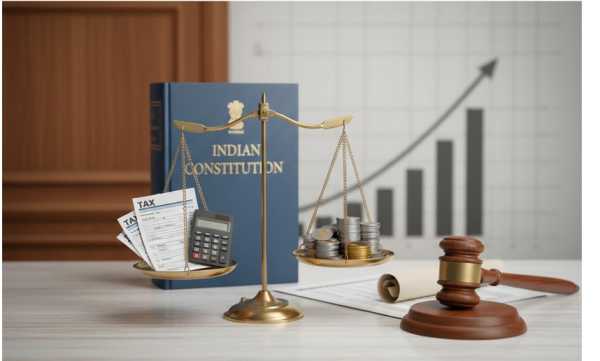


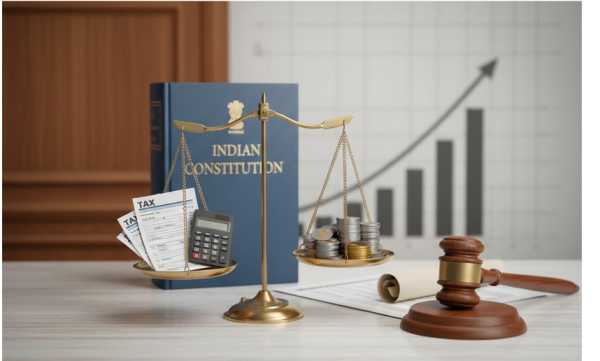




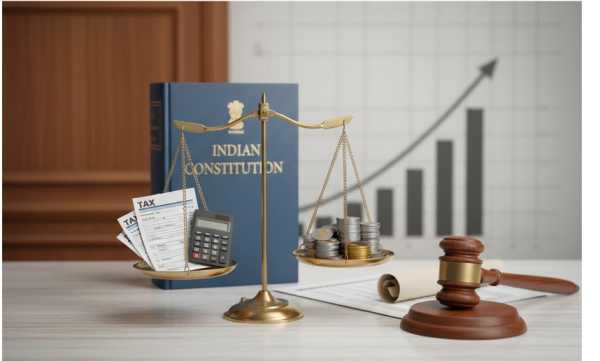

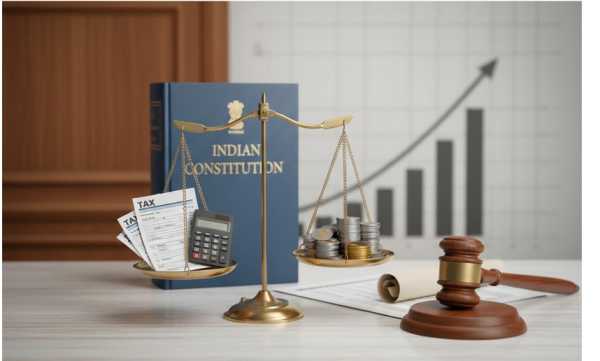

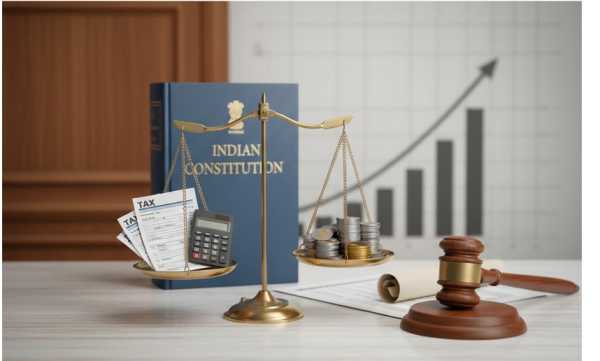
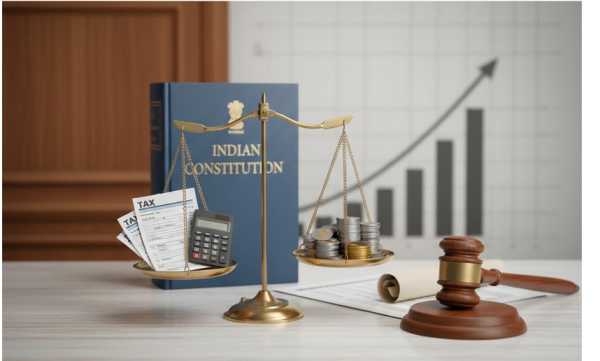
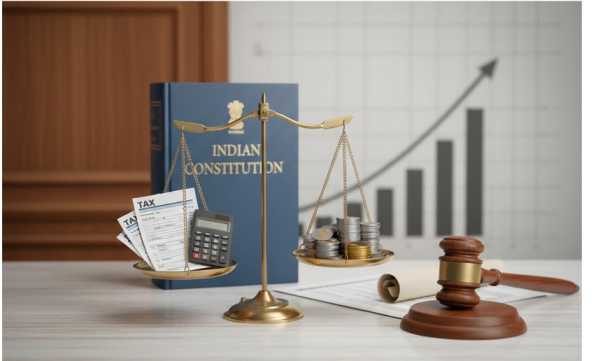
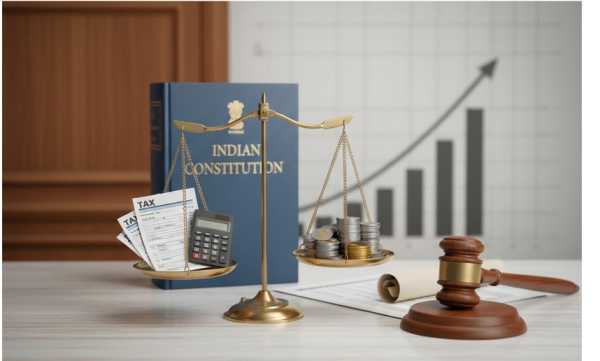
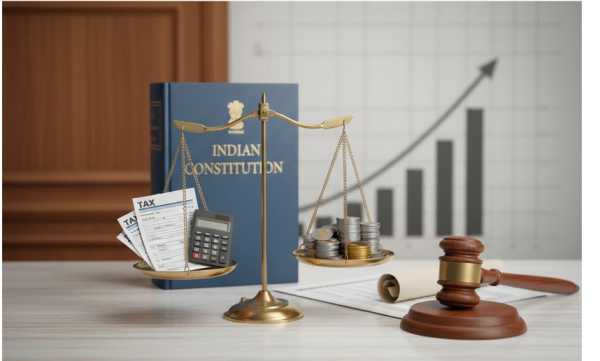




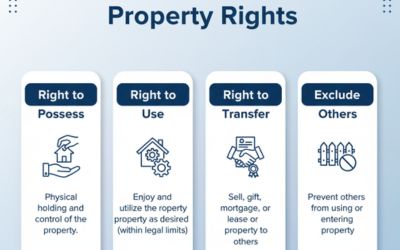

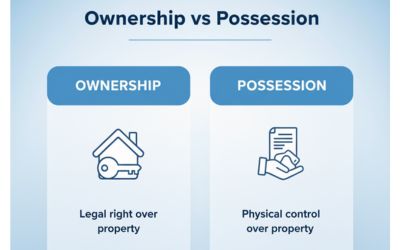
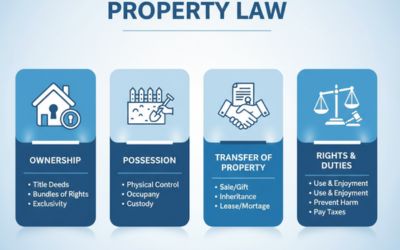

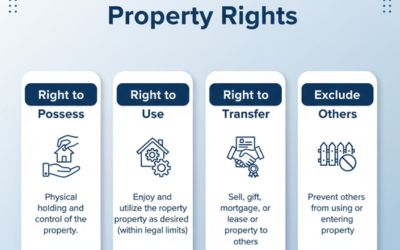
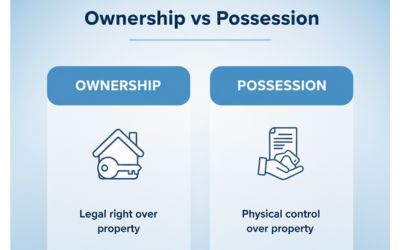
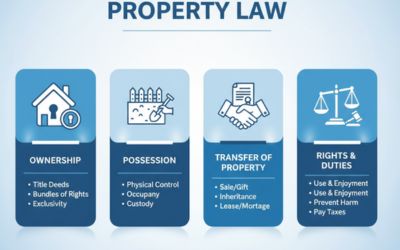
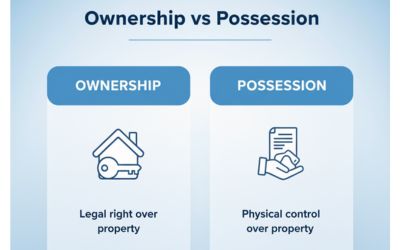
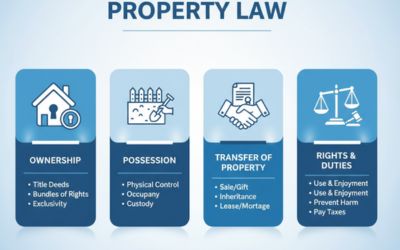
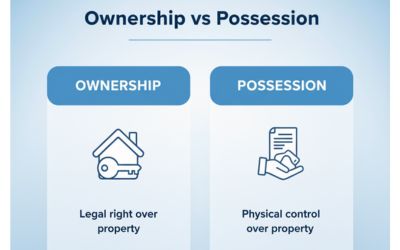

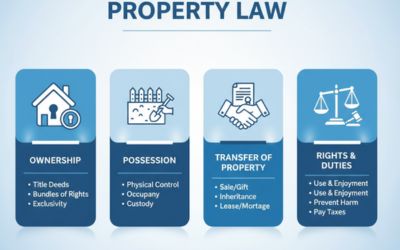


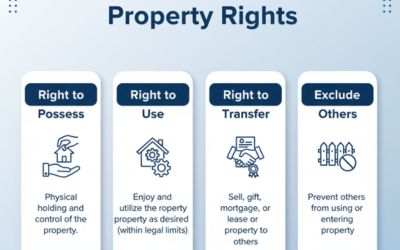

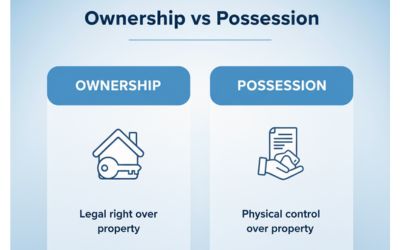



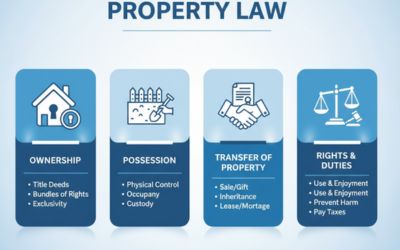
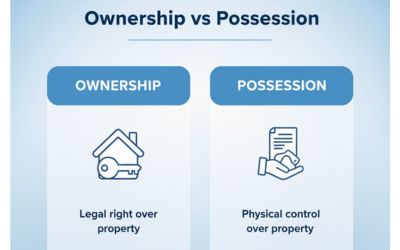
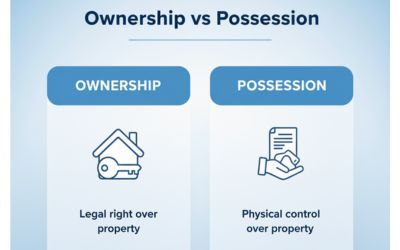

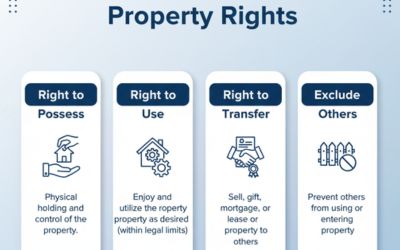
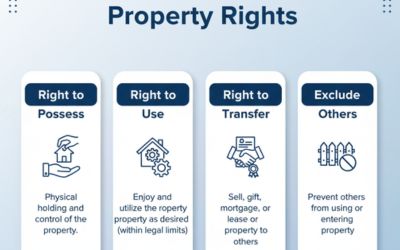
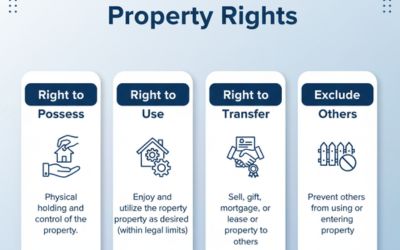
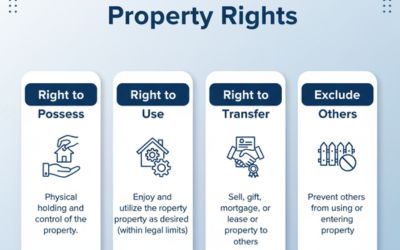


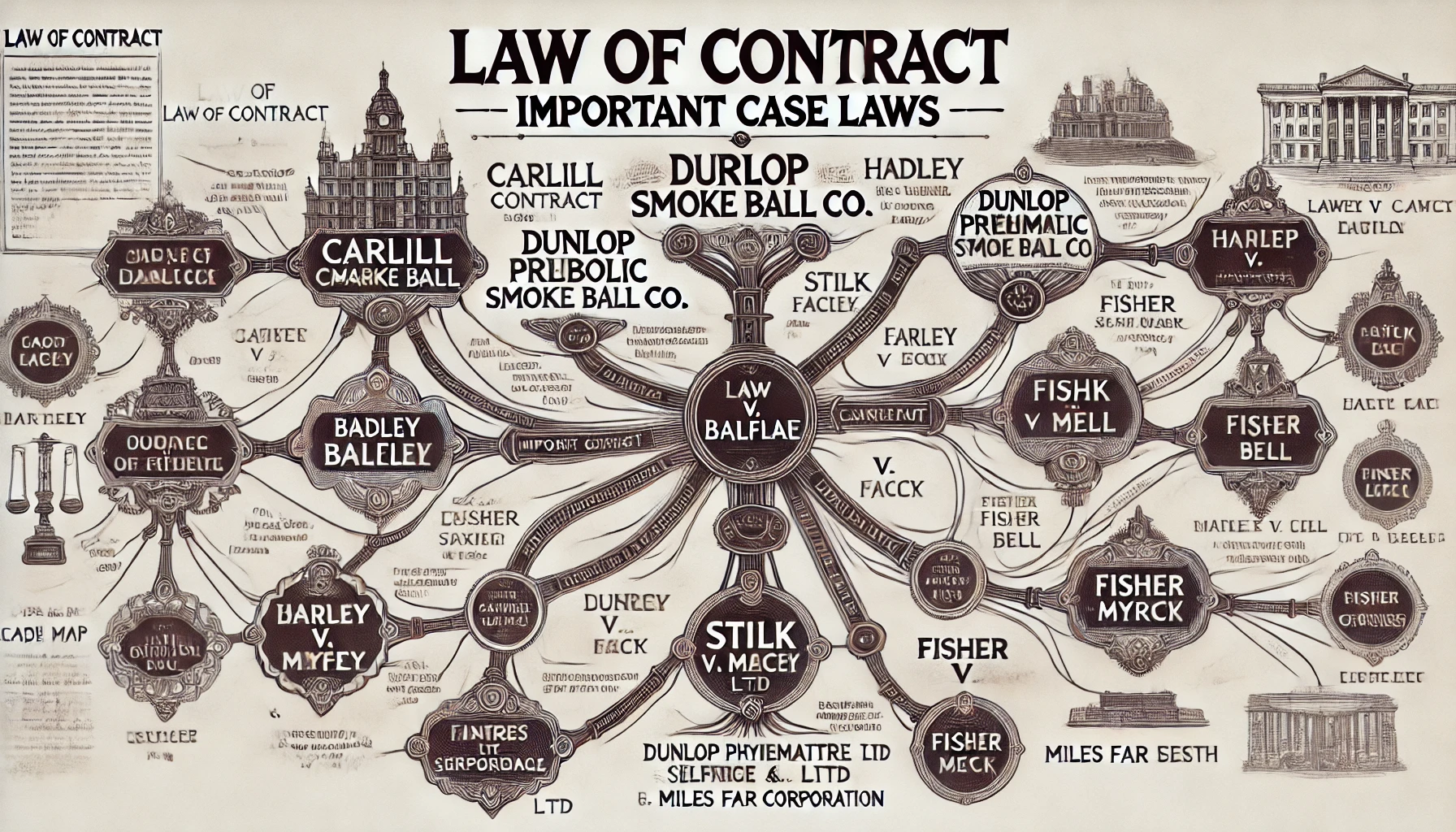



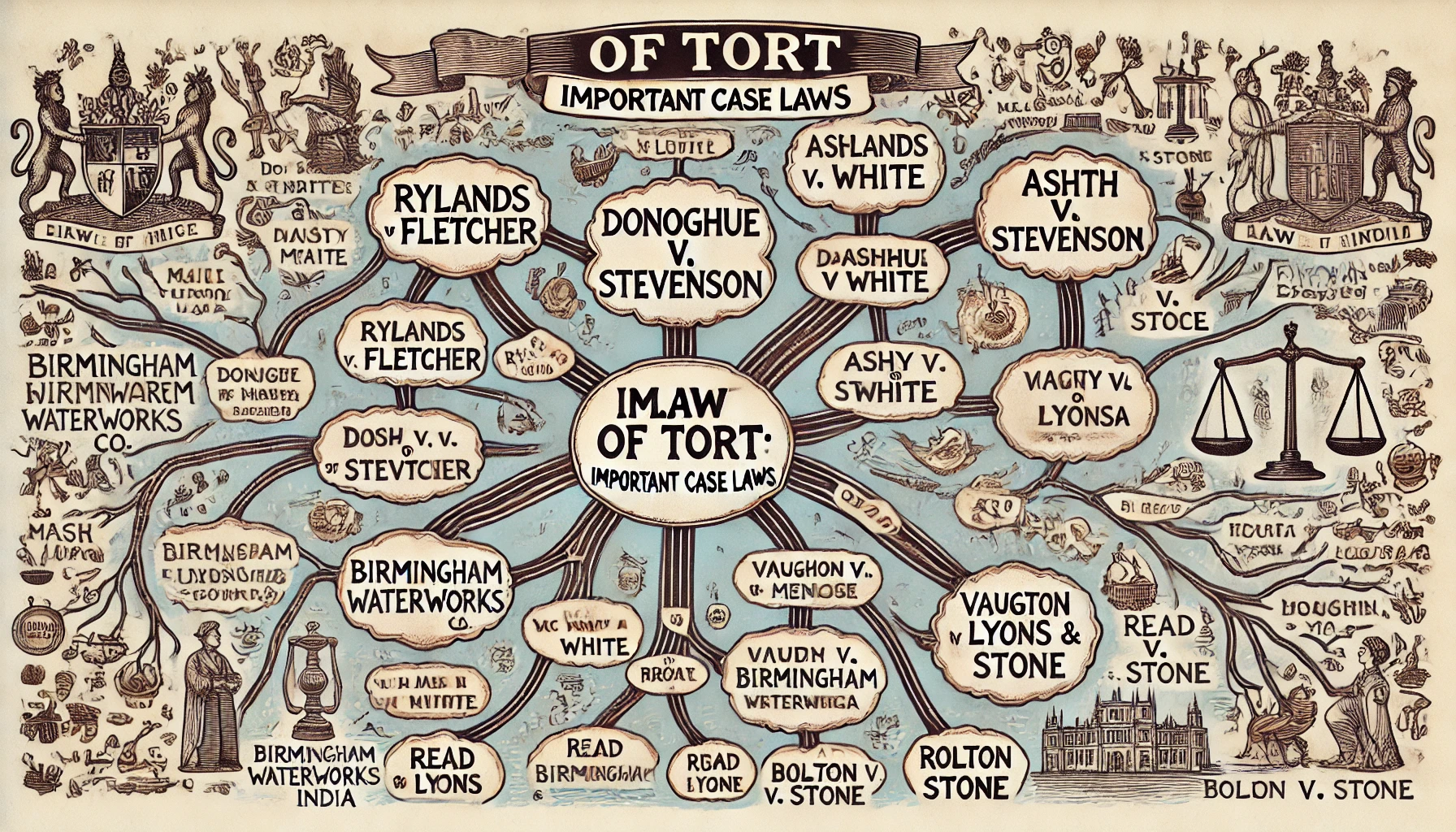
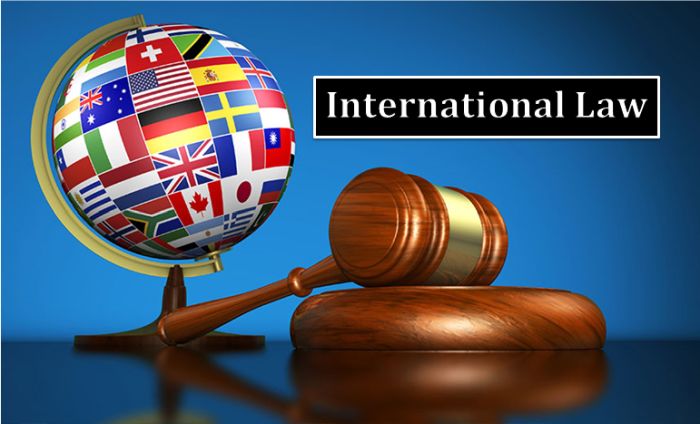




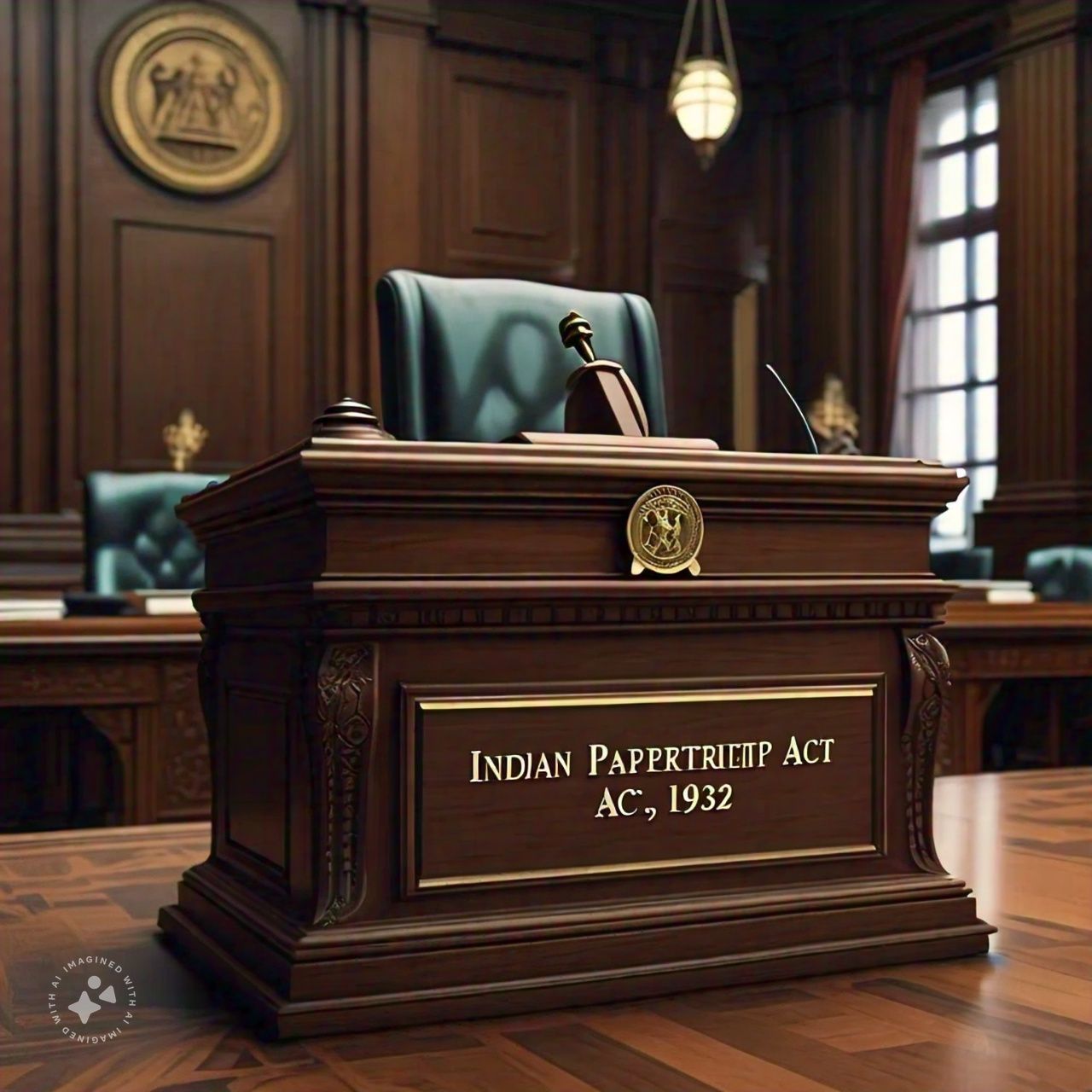





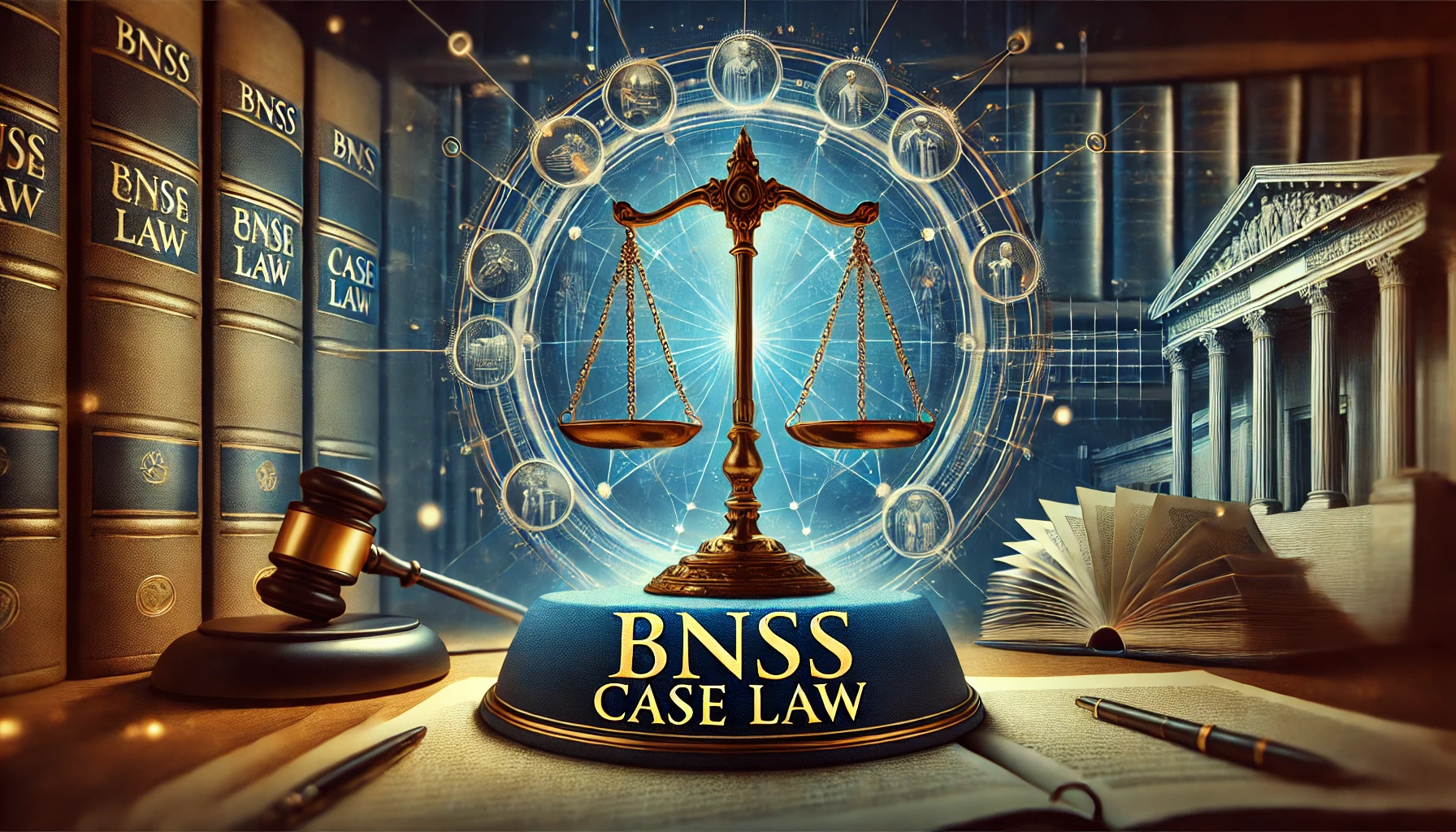
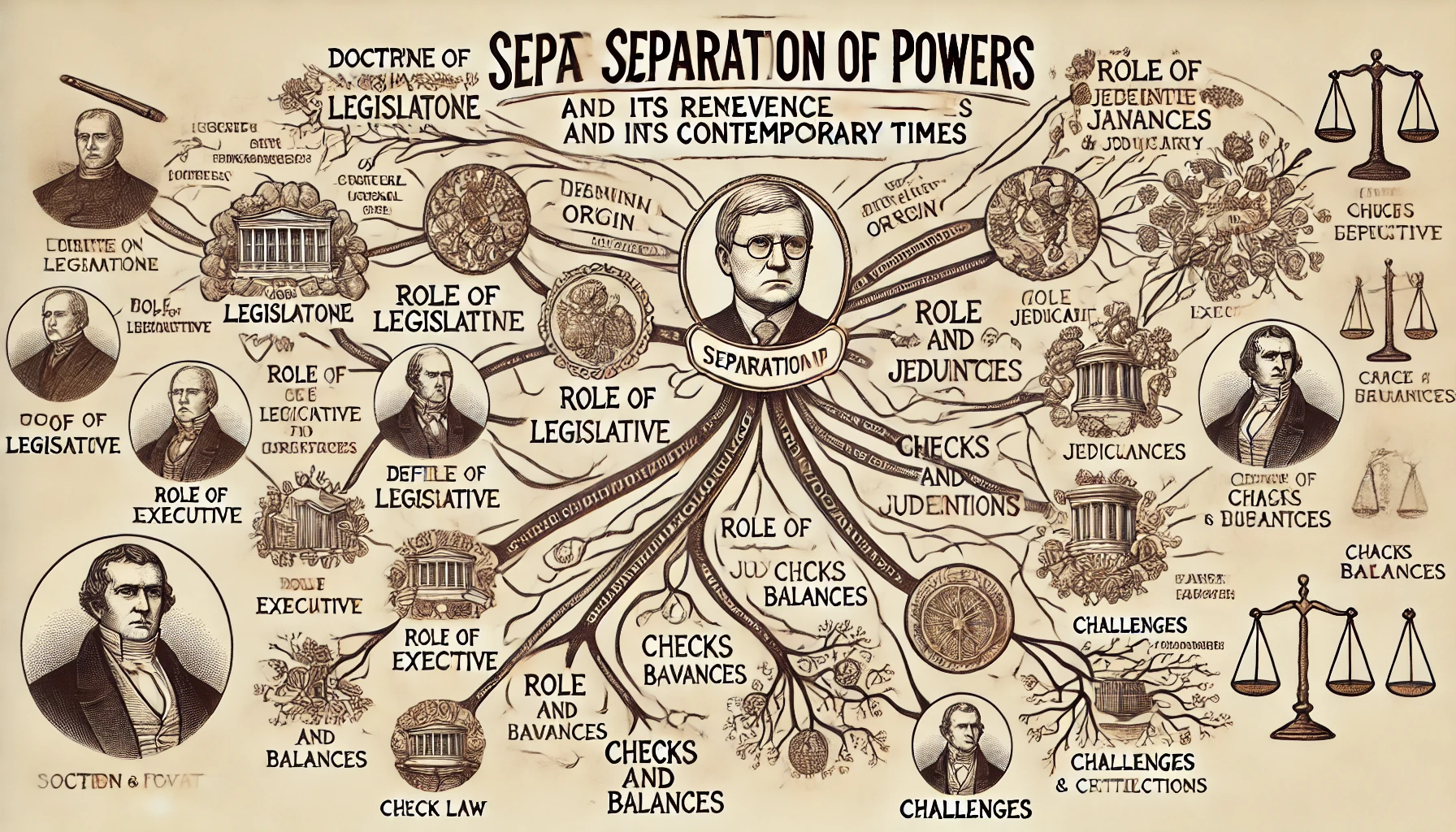






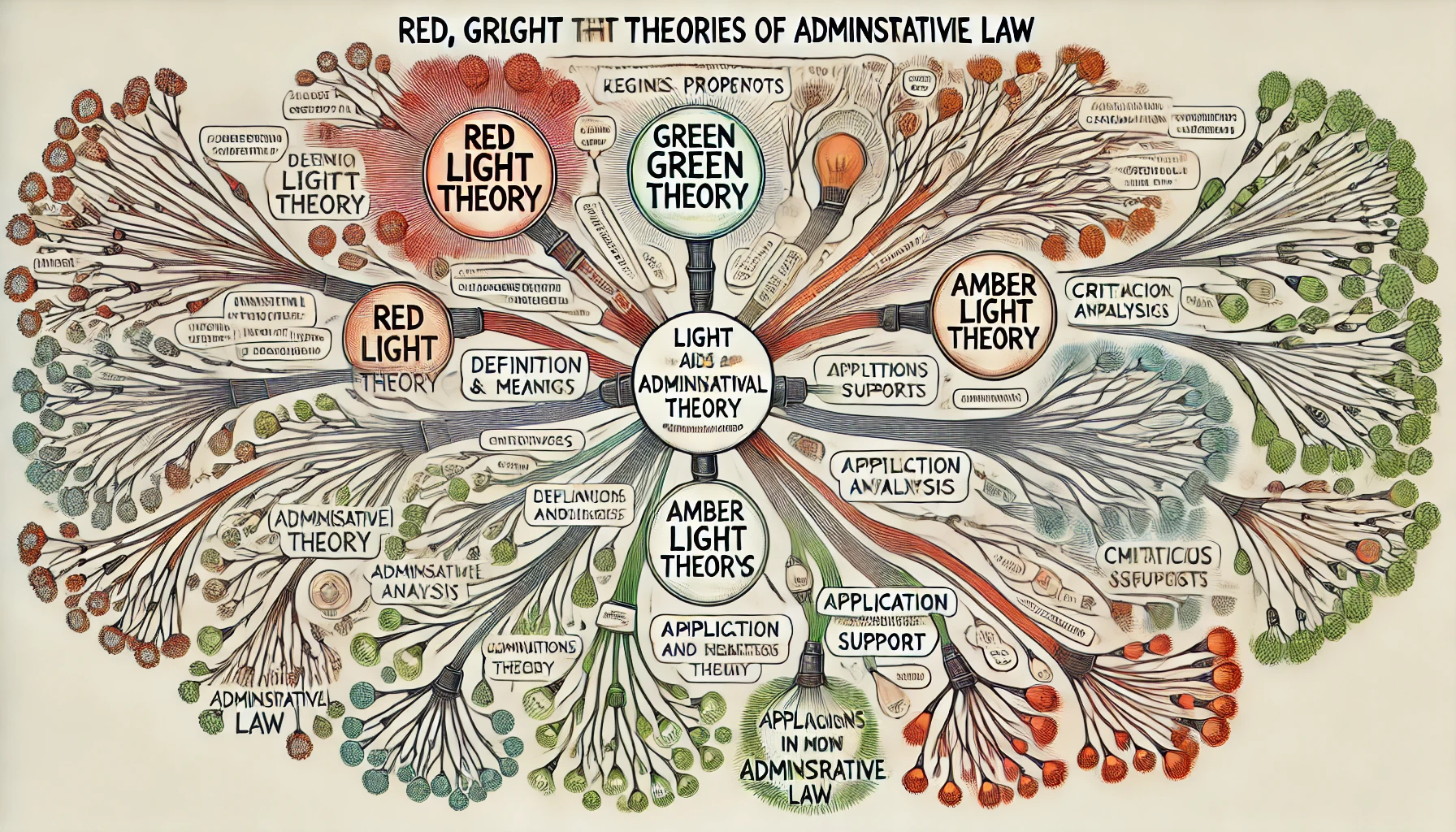

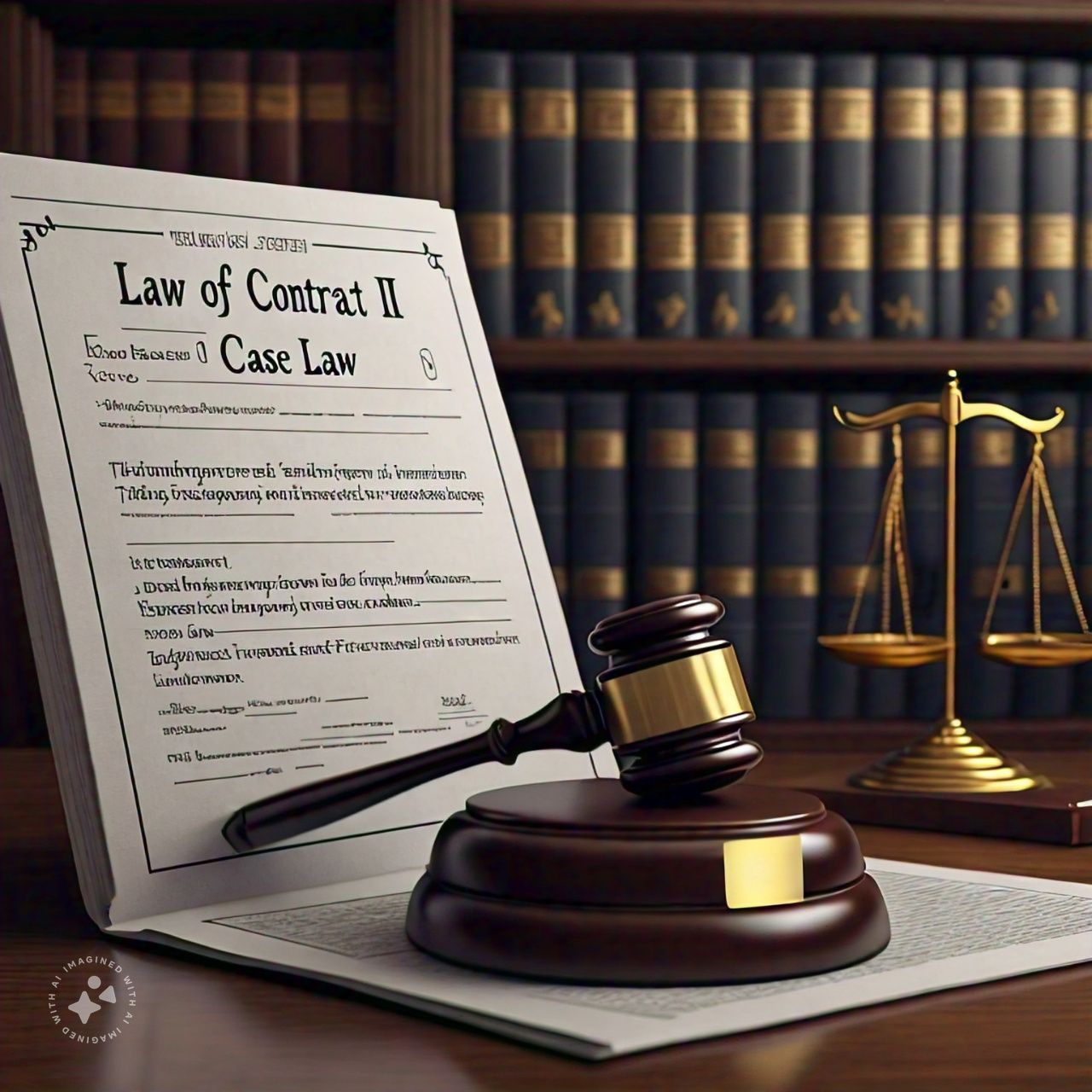
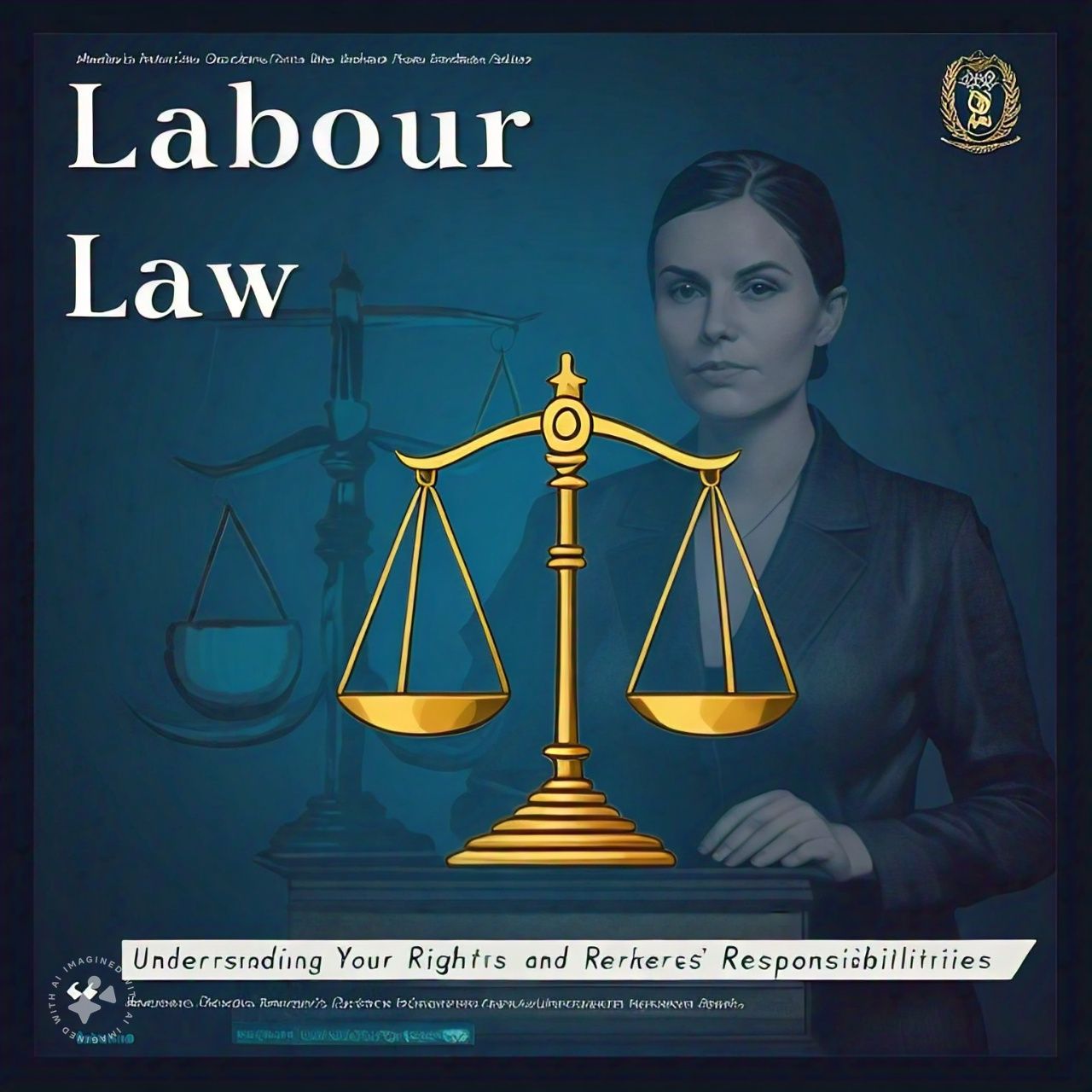

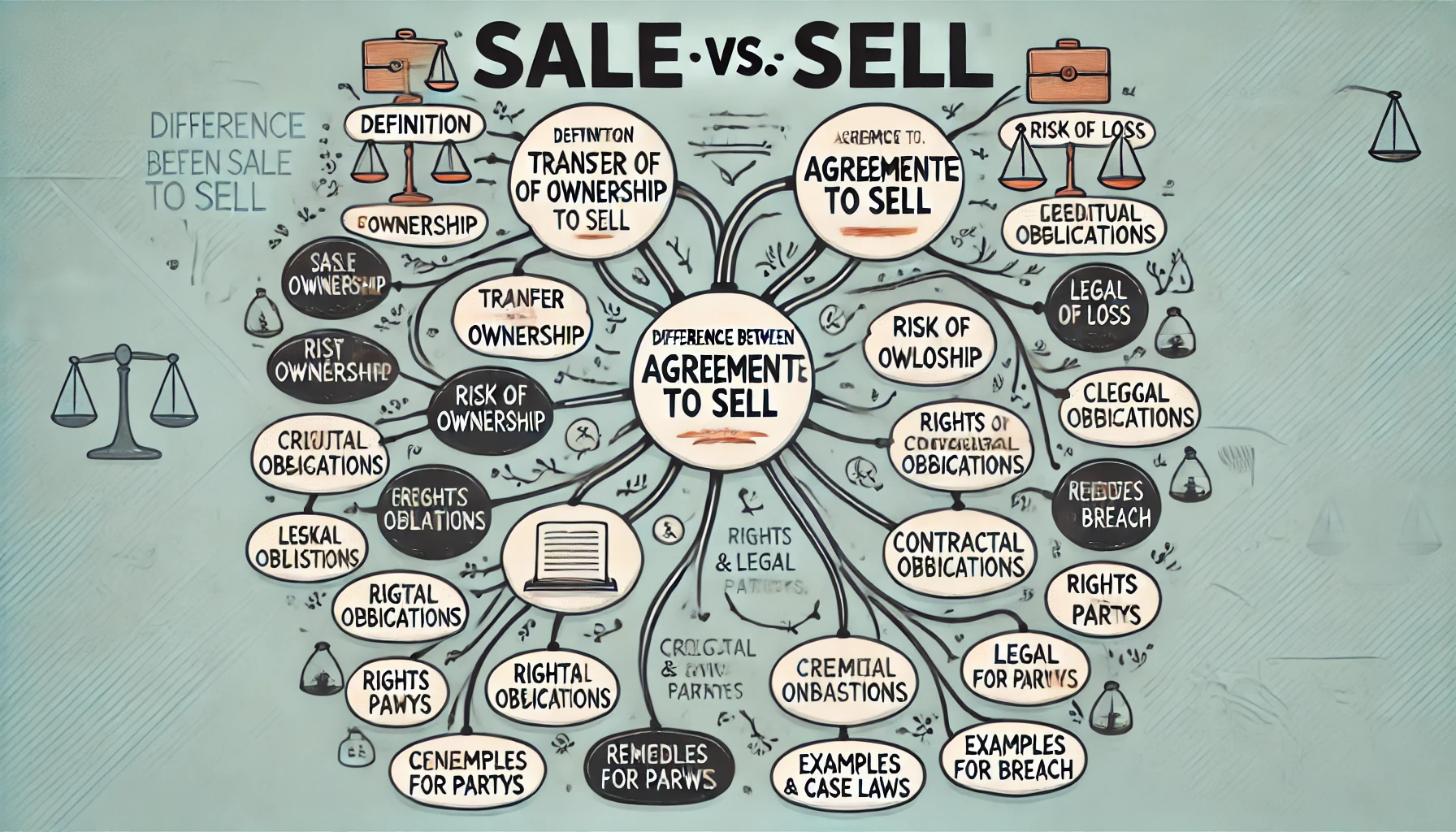


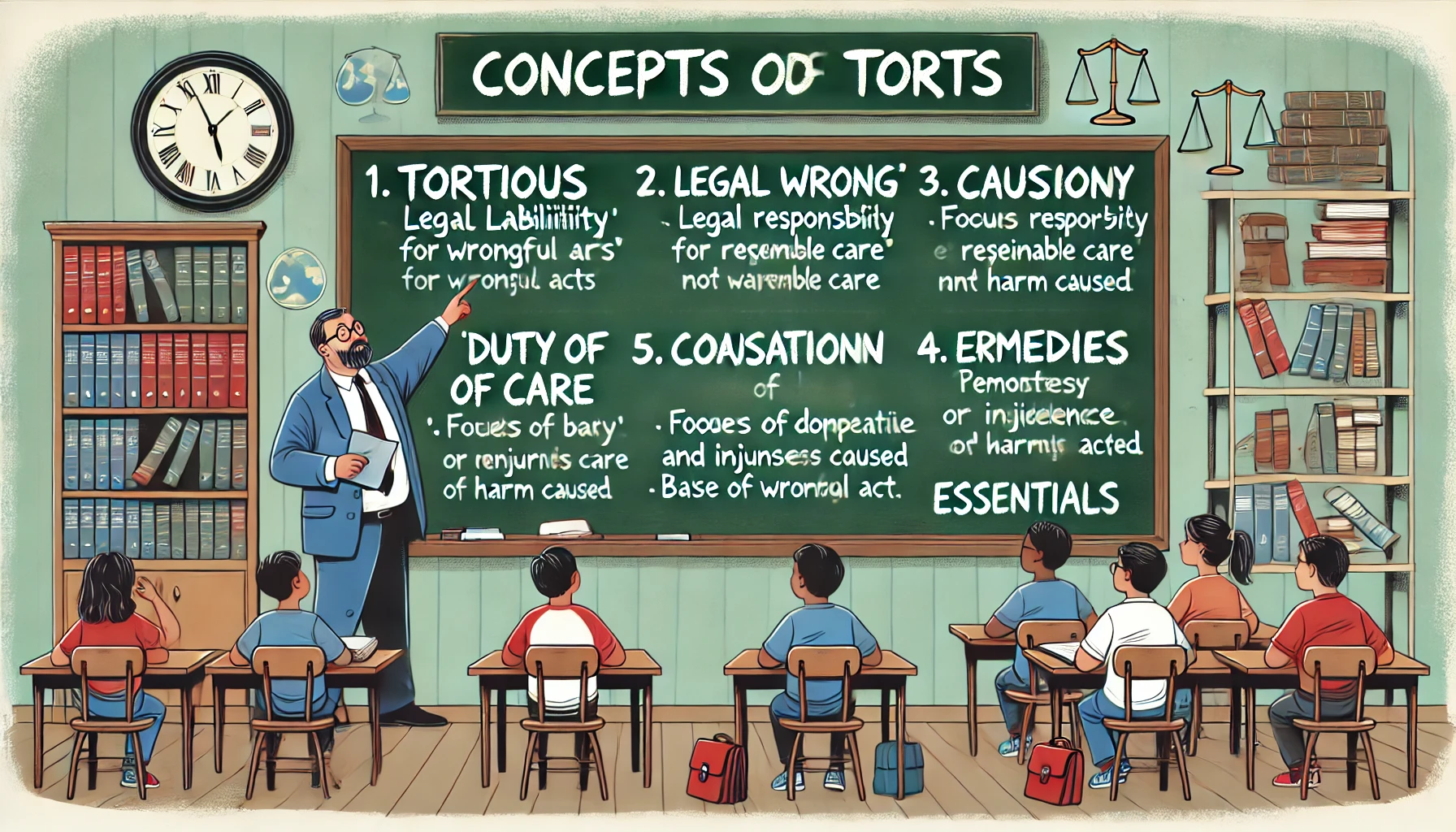
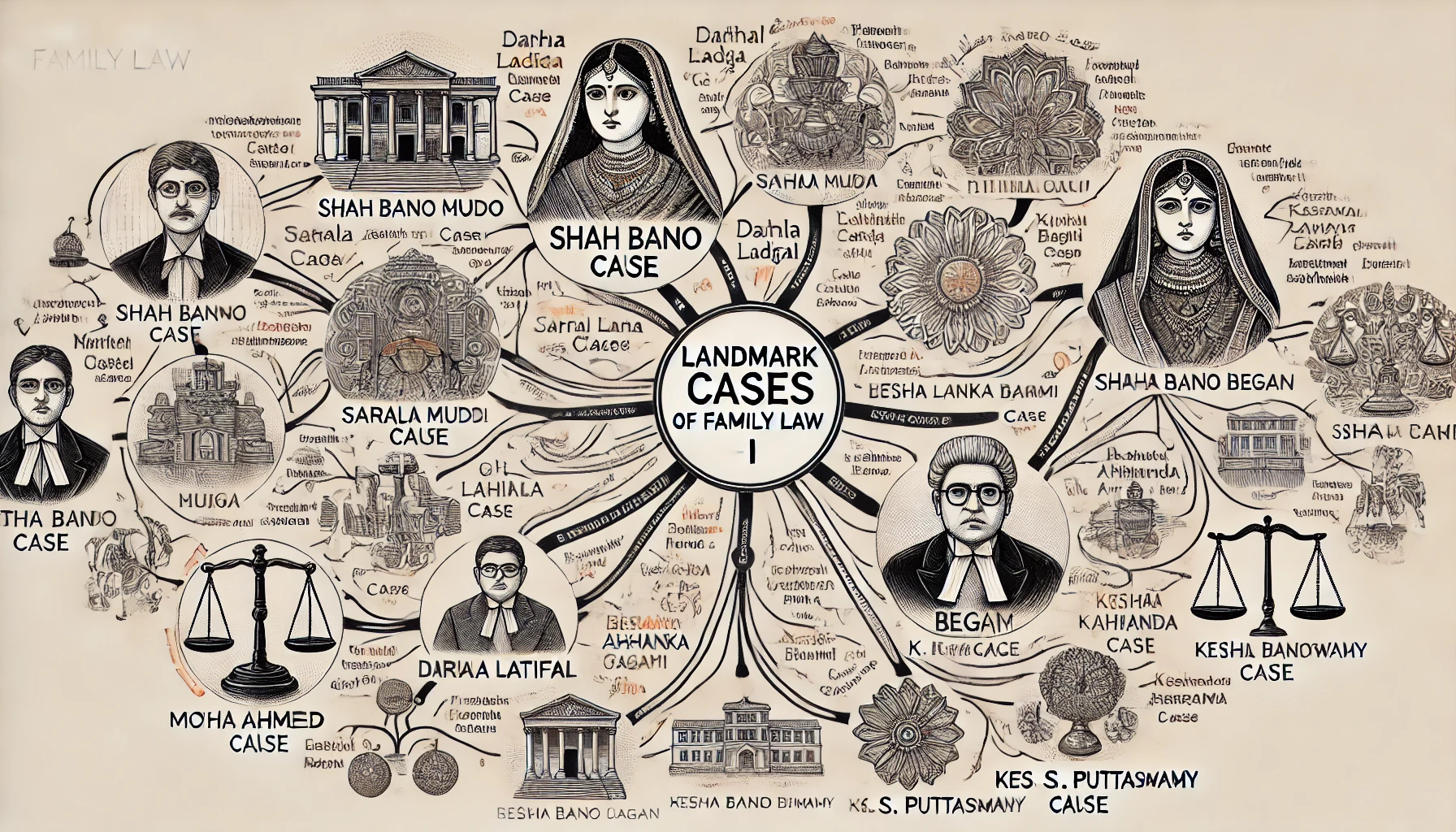


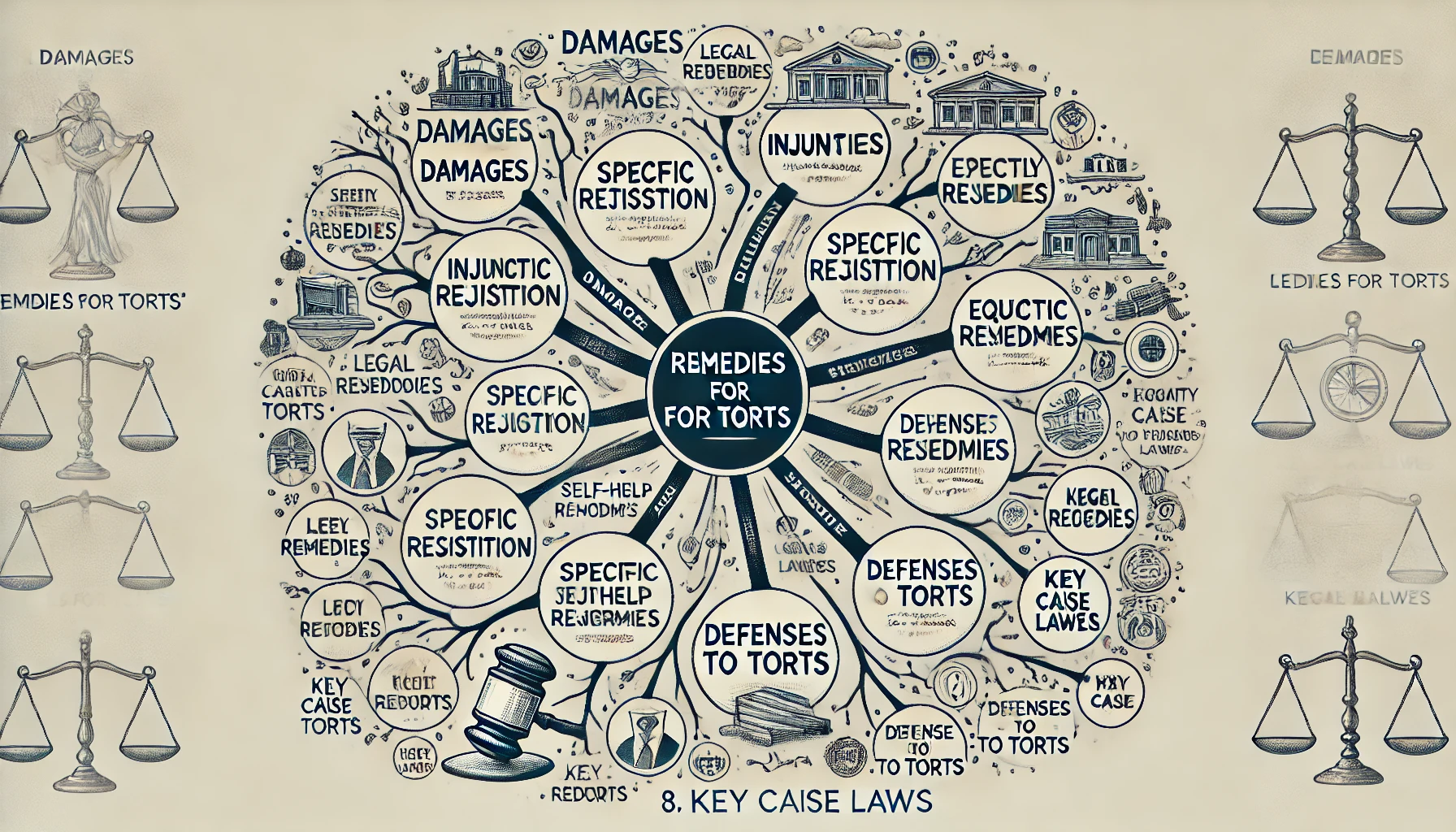





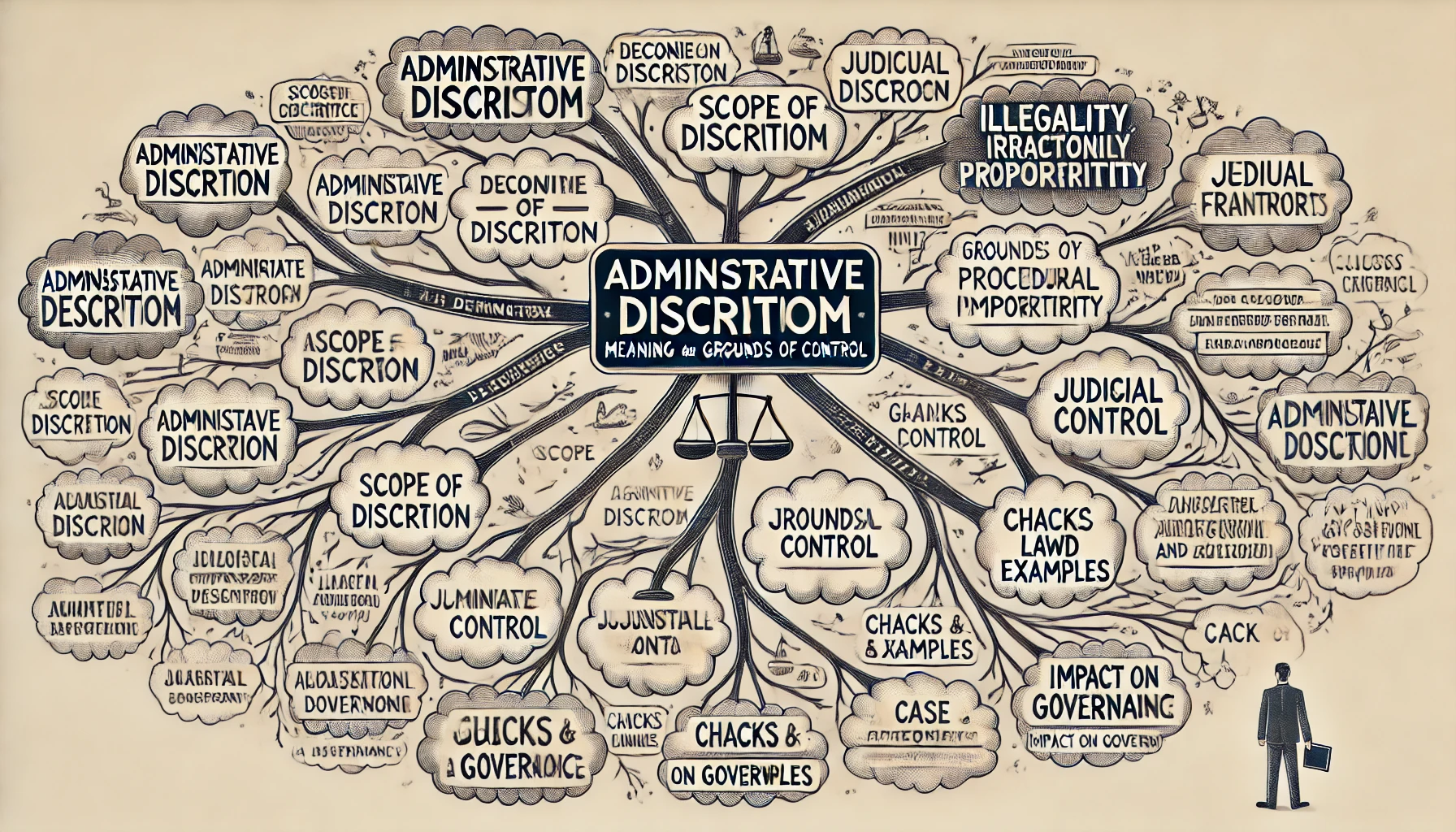
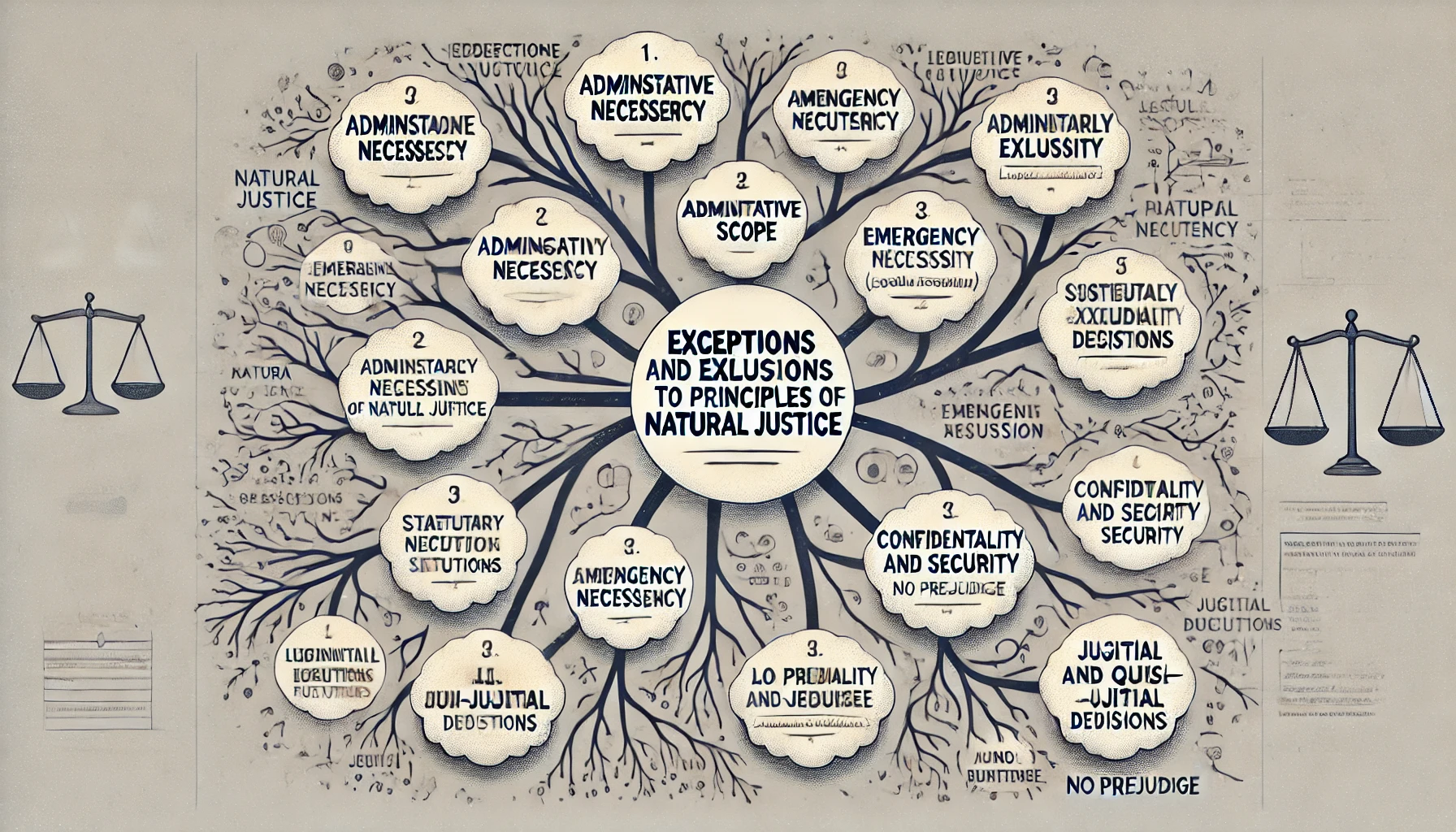

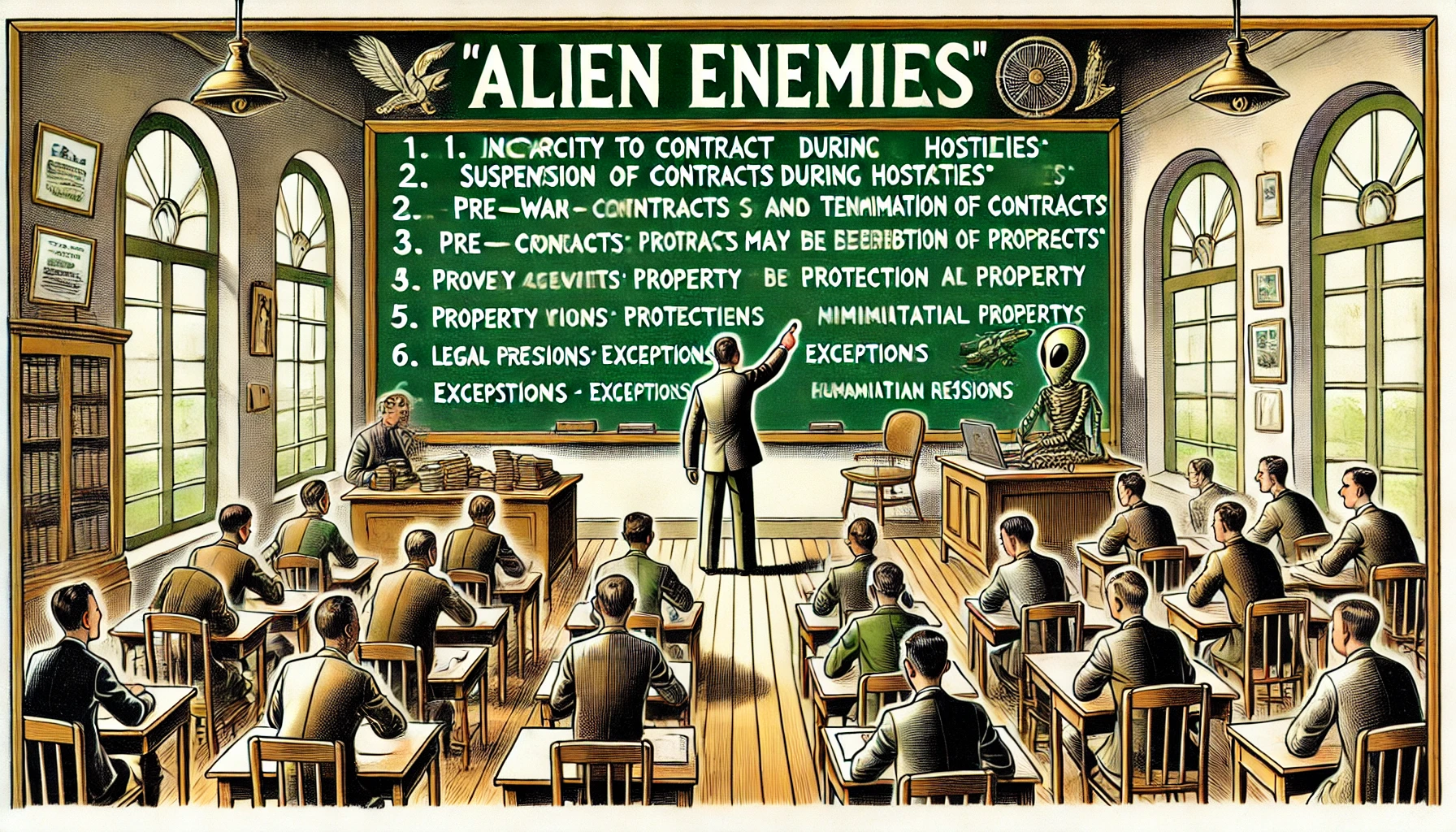




Comment
Nothing for now